 On September 2nd, 1945, Japan’s formal surrender took place aboard the USS Missouri, anchored in Tokyo Bay. There is a little bit of controversy tied up in the date of surrender because Americans first heard Japan’s emperor Hirohito actually make his announcement of surrender on national radio on August 14th. Again, to clarify, September 2nd marks the formal signing of the surrender document. Regardless, both later dates came several months after the surrender of Nazi Germany, and hold a bit more weight as they officially ended World War II. The significant “lettered” day(s) became known as “V-J Day,” and was added to the vernacular along with “V-E Day” (May 8th, 1945) and “D-Day” (June 6th, 1944). Japan’s defeat brought an end to six years of hostilities in the Pacific Theater of War. As can be imagined, this event was highly anticipated in bringing a peaceful return to American life, especially in the form of having soldiers, sailors and others serving in the armed forces( and hospital centers) back home. Nothing better describes the feeling of “V-J Day” back home than an iconic picture most of us have seen. It captures an impromptu kiss in New York’s Times Square featuring a US sailor and a nurse. Entitled V-J Day in Times Square, the photograph by Alfred Eisenstaedt was published in Life Magazine in 1945 with the caption, "In New York's Times Square a white-clad girl clutches her purse and skirt as an uninhibited sailor plants his lips squarely on hers."  While I have the opportunity, Frederick has a connection to this world-renowned photo. The nurse was a one-time Frederick, Maryland resident named Greta (Zimmer) Friedman (June 5th, 1924 – September 8th, 2016). The Austrian native was actually a dental assistant with a uniform similar to that of a nurse. At the time of the photograph, Greta suddenly found herself grabbed and kissed by Navy sailor, George Mendonsa (1923–2019) on that celebratory day of August 14th, 1945. It was a happy day of sorts for Greta as much as her veteran counterpart. She had experienced much heartache and fear over the previous six years. In 1939, at the age 15, Greta emigrated to America from Nazi-controlled Austria in with her younger sisters Josephine and Belle. Their parents, Max and Ida, unable to leave Europe, died in concentration camps during the Holocaust. A decade after the photo was taken, Greta was married in 1956 to Dr. Mischa Friedman, a WWII veteran of the U.S. Army Air Corps and a scientific researcher for the Army at Fort Detrick. She would move to Frederick and lived at 314 W. College Terrace. She eventually attended Hood College, studying oil painting, printing, sculpture, and watercolors. She did not graduate until 1981, the same year her two grown children (Mara and Joshua) also graduated from college. Friedman worked for ten years at Hood restoring books. Greta Friedman died at age 92 on September 8th, 2016, in Richmond, Virginia. She is not in Mount Olivet, but instead inurned at Arlington National Cemetery beside her husband. As for Greta’s photo counterpart, memorialized forever in a photograph—George Mendonsa died last year after seven decades of proudly recounting the kiss that brought him fame. Just as important to him, were his stories told about his time aboard the USS The Sullivans, a ship named for five brothers from Iowa who died when their ship, the USS Juneau, was sunk by a Japanese submarine in 1942. This family tragedy was part of the impetus for the storyline in the motion picture “Saving Private Ryan.” United States Army Rangers Captain John H. Miller (Tom Hanks) and his squad were tasked with the search for a paratrooper, Private First Class James Francis Ryan (Matt Damon), the last surviving brother of a family of four, with his three other brothers having been killed in action. The Sullivan brothers enlisted in the US Navy on January 3rd, 1942, with the stipulation that they serve together. The Navy had a policy of separating siblings, but this was not strictly enforced. George and Frank Sullivan had served in the Navy before, but their brothers had not. All five were assigned to the light cruiser USS Juneau.The Juneau participated in a number of naval engagements during the months-long Guadalcanal Campaign which began in August 1942. Early in the morning of November 14th, 1942, during the Naval Battle of Guadalcanal, the USS Juneau was struck by a Japanese torpedo and forced to withdraw. Later that day, as it was leaving the Solomon Islands' area for the Allied rear-area base at Espiritu Santo with other surviving US warships from battle, the Juneau was struck again, this time by a torpedo from a Japanese submarine. The torpedo likely hit the thinly armored light cruiser at or near the ammunition magazines and the ship exploded and quickly sank. As a direct result of the Sullivans' deaths (and the deaths of four of the Borgstrom brothers within a few months of each other two years later), the US War Department adopted the Sole Survivor Policy: "Special Separation Policies for Survivorship" describes a set of regulations in the Military of the United States that are designed to protect members of a family from the draft or from combat duty if they have already lost family members in military service.” Some may recall a “Story in Stone” written back in December 2016 about former county resident Ray Jacob Stambaugh, buried here in Mount Olivet within the confines of our World War II monument. He was a native of Jimtown, a small crossroads southeast of Thurmont where MD route 550 and Hessong Bridge Road intersect Moser Road. Jacob Stambaugh served as a fireman on a ship in the US Navy. He would die not far from where the Sullivan brothers perished near Espiritu Santo. He was reported missing in action in early September, 1942. An article in the Frederick News (dated October 3rd, 1942) confirmed Stambaugh’s death at the age of 21. He would be the first World War II Naval casualty from Frederick County. Interestingly, Jacob’s death would inspire his only brother, Luther M. Stambaugh, to immediately enlist in the US Navy upon hearing of his sibling’s death. Ray Jacob Stambaugh actually died on August 4th, 1942 aboard the USS Tucker. I soon found the following account documenting an event that occurred off the South Pacific island of New Hebrides: “The Tucker entered the harbor at Espiritu Santo's western entrance, leading the cargo ship SS Nira Luckenbach, unaware they had entered a minefield laid earlier by US Navy minelayers. After striking at least one mine, the destroyer was almost torn in two at the No. 1 stack, killing all three of the crew in the forward fireroom. The rest of the crew survived but Tucker did not. The destroyer slowly settled in the water and sank. An investigation revealed that the USS Tucker had not been given information about the existence of the minefield.” I wrote the particular story (about Stambaugh) as the cemetery co-hosted a solemn commemoration with our DAR partners in December, 2016 in accordance with the 75th anniversary of the bombing of Pearl Harbor. Interestingly, Jacob Stambaugh was aboard the USS Tucker the previous year which survived Japan’s devastating surprise, aerial attack on the US naval base on December 7th, 1941 at Pearl Harbor on Oahu, Hawaii. This “day of infamy” capped a decade of deteriorating relations between Japan and the United States and led to an immediate US declaration of war the following day. Japan’s ally Germany, led by Adolf Hitler, then declared war on the United States, turning the war raging in Europe into a global conflict. Over the next three years, superior technology and productivity allowed the Allies to wage an increasingly one-sided war against Japan in the Pacific, inflicting enormous casualties while suffering relatively few. By 1945, in an attempt to break Japanese resistance before a land invasion became necessary, the Allies were consistently bombarding Japan from air and sea leading to V-J Day in mid-August and the formal surrender just weeks later on September 2nd. Cemeteries: War's Grim Reality Over 200 soldiers, sailors and pilots from Frederick County lost their lives in World War II. In the years following the conflict, the federal government offered families the option of having fallen loved ones returned to the United States for reburial, or memorialized in one of 25 national veteran cemeteries abroad and located in ten foreign countries including France, Belgium, the United Kingdom, the Philippines, Panama, Italy, Luxembourg, Mexico, Netherlands and Tunisia. As was the case in World War I, the bodies of many local casualties returned home and are buried in cemeteries throughout the county. Several are here within Frederick's Mount Olivet. With assistance from a myriad of local groups and donors, a monument was proposed and built here to honor the memory of those 200+ former residents who made the ultimate sacrifice. It lies within Mount Olivet Cemetery’s Area EE, and was originally dedicated on May 30th, 1948. The double-columned monument, made of Indiana limestone, features a central obelisk containing the names of 219 individuals from all parts of Frederick County. Atop this pilaster is a sculpted eternal flame of gold, below which read: “The flame of love shall burn into our hearts the memory of our noble dead.” What makes this memorial even more sacred is the fact that it is flanked by the remains of 30 World War II veterans who died in the line of duty in both Europe and the Pacific. These men are buried in a semi-circular design around the monument and their final resting spots are marked by flat, military-issue stone markers of white marble.  Baltimore Sun (July 10, 1939) Baltimore Sun (July 10, 1939) Here is a brief overview showing the location of death for the 30 active-duty casualty victims interred here within MOC’s World War II monument: Traditional Pacific Islands/Pacific Theater 7 Southern Pacific (India) 1 Traditional Europe/ European Theater (France, Germany, Belgium, Holland, England) 19 Southern European Theater (Italy) 2 Africa (Tunisia) 1 In addition to the fore-mentioned Ray Jacob Stambaugh, a breakdown of those seven other boys who died in the Pacific Theater shows that two men, 2nd Lt. Nathan G. Dorsey, Jr. (1919-1945) and PFC Earl Mason Harwood (1924-1945), died on the Japanese Island of Okinawa. Nathan G. Dorsey was a former schoolteacher from Mount Airy, somewhat reminiscent of Capt. Miller (Tom Hanks) in Saving Private Ryan. Ironically, I found a newspaper article dating from July, 1939 which reported the College Park (Maryland) grad was responsible for Japanese Beetle control in his hometown as it was affecting farm crops and the local canning business. Dorsey’s father was a well-known businessman who dabbled in politics at various levels. He would serve as mayor of Mount Airy at the time of his son’s participation in the war. 2nd Lt. Nathan G. Dorsey would die in May, 1945 and was buried in a military cemetery in the Pacific. His body would be brought back to the US in 1949, and soon after re-interred in Mount Olivet within the World War II Memorial. PFC Harwood was a native of Burkittsville and a standout baseball player at Brunswick High who was drafted by the New York Yankees and expected to play for one of their minor league teams after the war. He was the youngest of six sons, five of whom served in the Armed Forces. He landed on Okinawa on Easter Sunday, April 1st, 1945, and was killed in action on May 11th. Harwood was buried in Mount Olivet on March 12th, 1949, three days before 2nd Lt. Dorsey was laid to rest. Irvin B. Gaver (1921-1944), a resident who once lived at 410 W. South Street in Frederick, perished in a plane crash at Midnapore, India. The recent newlywed and Frederick High grad was serving as a flight officer within the US Army’s Air Force. Sadly, Mrs. Gaver (the former Claudine Smith) learned of her husband’s death on August 14th, 1944 through the War Department’s usual message of sympathy to bereaved relatives, and not through an initial telegram with such news as was customary. Flight Officer Gaver had died on July 26th, and Mrs. Gaver had last received a letter from him dated July 22nd. I was able to find the following official report of the accident on the internet courtesy of the Flight Safety Foundation: The Boeing B-29 Superfortress crashed at Midnapore, Paschim Medinipur district of the Indian state of West Bengal, India (at approximate Coordinates: 22.424°N 87.319°E) due to engine failure after take-off from Chakulia Airfield, Purbi Singhbhum district, State of Jharkhand, India 26 July, 1944. Nine of the thirteen crew were killed (seven in the crash, two died later in hospital). "STATEMENT OF CAPT ALVIN E. HILLS, JR. AIRPLANE COMMANDER #42-6291 As told to Major R. M. McGlinn, Accident Officer “We took-off from Chakulia, India, at 07:35 IST, climbed on a course of 72 degrees for 5 to 10 minutes and then changed course to 84 degrees, continuing our climb until reaching an altitude of 1,000 feet. The flight engineer advised #2 Cylinder head temperature was reading 270 degrees, and advised levelling off for cooling. We flew for approximately ten minutes in level flight when Co-Pilot noticed #3 engine on fire. I feathered #3 engine, advised the flight engineer to cut #3 engine fuel shut-off valve off, and use the fire extinguisher. The use of the fire extinguisher showed no help what-so-ever. I started a slow turn to the left and after 10 or 15 degrees were accomplished, #2 engine started to cut out, dropping from 2400 to 2000 back to 2400 and then 1500 RPM. I advised the Bombardier to salvo the bombs and forward bomb bay tank. (The Bombardier had a little trouble operating the salvo mechanism.) The Co-Pilot advised crew members, over the interphone, to prepare for an emergency landing. I did not try to feather #2 engine, (I believe the Co-Pilot in the confusion tried to un-feather #3 engine, as there was a terrific drag on that side.) A moment later, #1 and #4 engines began cutting out. I could not maintain level flight, dropped the nose to pick up air speed and broke through the clouds at approximately 100 feet and found a clear area. I made a normal approach for a normal belly landing. Just before contact, I notified the flight engineer to cut the switches. Normal contact was made with the ground at about the radar section, and an explosion occurred on the right side. We slid along the ground for quite a distance and then came to a sudden stop. By this time, the entire cabin of the plane was filled with flames. I proceeded through the Pilot’s window to safety. I then helped Lt Houston, the co-pilot, out to the bank of a creek, away from the flames. Lt. DiLollo was dazed and was walking around in front and to the left of the front." Four other victims of the Pacific Theater buried within the the proximity of the Mount Olivet World War II Memorial died while in active duty in the Philippines. The Philippines campaign (also known as the Battle of the Philippines or the Fall of the Philippines) occurred from December 8th, 1941 – May 8th, 1942 and featured an invasion by Imperial Japan and the defense of the islands by United States and Philippine forces. In November, 2019, I wrote a “Stories in Stone” article about Brigadier General Allan Clay McBride, entitled “Marched to Death.” A former resident of both Jefferson and Frederick City, Allan C. McBride (1885–1944) was an American brigadier general and chief of staff in the Philippines at the time of the Japanese invasion. He would survive the infamous Bataan Death March, but would die in a Japanese Prisoner of War camp on the nearby island of Formosa, better known today as Taiwan. The Japanese launched the invasion by sea from Formosa, over 200 miles north of the Philippines. The defending forces outnumbered the Japanese by 3 to 2, but were a mixed force of non-combat experienced regular, national guard, constabulary and newly-created Commonwealth units. The Japanese used first-line troops at the outset of the campaign, and by concentrating their forces swiftly overran most of country's largest island, Luzon, during the first month. The Japanese high command, believing they had won the campaign, made a strategic decision to advance by a month their timetable of operations in Borneo and Indonesia, withdrawing their best division and the bulk of their airpower in early January 1942. This, coupled with the defenders' decision to withdraw into a defensive holding position in the Bataan Peninsula, enabled the Americans and Filipinos to successfully hold out for four more months. Japan's conquest of the Philippines is often considered the worst military defeat in United States history. About 23,000 American military personnel and about 100,000 Filipino soldiers were killed or captured. Three individuals who died there are buried here in this hallowed ground immediately surrounding the eternal flame monument: Cpl. George William Ford, PFC Mehrle E. Leatherman, and Pvt. Russell Yinger Dansberger. Now, I’ve just summarized the lives, and deaths, of simply seven of the 30 servicemen buried by our World War II monument/memorial. Keep in mind that there are several other World War II vets buried in the cemetery who also died in active service, but with this article I am just focusing on those buried in the semi-circle at the memorial. Outside of those connected to the War in the Pacific, and especially revered on this monumental 75th anniversary of “V-J Day,” nineteen others died in northern Europe, primarily in France and Germany, with a few succumbing in Belgium, Holland and England. Two additional soldiers fell in Italy and another perished in Tunisia while seeing combat in the war's North African campaign. Of special note, I'd like to tell you about a few other slabs of marble which rest over the bodies of a set of Frederick County brothers killed during active duty during World War II. Next to them is a trio of cousins, I’d also like to introduce their story to you. The Hessong Brothers Your familiarity with this peculiar name may be based more on the famed Frederick County road (and bridge) mentioned earlier in conjunction with Ray Jacob Stambaugh’s home than by knowing an actual acquaintance by this surname. John T. Hessong (1848-1922) was a farmer whose property was located at the intersection of Black Mills Road and his namesake, Hessong Bridge Road. The Hessongs, or earlier Hessons, came from the Alsace region between France and Germany and settled here locally atop the western slope of Catoctin Mountain in the northwestern area of Frederick County of Wolfsville and Ellerton. Although I'd love to continue this genealogical study, I will skip ahead to descendants that distinguished themselves in the Second World War. Hailing from the Wolfsville area, the Hessong brothers, Robert and Arthur, were sons of farmers James Ellsworth Hessong and Sadie Ellen Brandenburg. There were 12 Hessong siblings in all, the last of which, Paul, passed away in October, 2018 at the age of 89. Robert Lee Hessong was born on April 19th, 1922 and went by the nickname of Bob. He served in the 26th Infantry of the 1st Division of the US Army and reached the rank of Private First Class. Hessong was killed in action in Normandy, France on June 12th, 1944, having taken part in the legendary D-Day Invasion. His unit landed on Normandy at 7:30pm on D-Day. He would die a week later in the coastal town of Caen. Instead of having their son buried in the family’s home church of St. Mark’s Lutheran in Wolfsville, the Hessongs opted to have him buried in Mount Olivet on September 18th, 1948. PFC Robert Lee Hessong occupies lot #10 within the cemetery’s World War II memorial area. In addition to the fore-mentioned “Bob” Hessong, three other brothers were serving in various branches of the armed services. However, less than two months after the death of Robert, the Hessong family would receive more terrible news—the death of son Arthur Jacob Hessong. PFC “Art” Hessong was a member of the Army’s 141st Infantry Regiment assigned to the 36th Division. He too would die in France, but in the southern part of the country. The 24-year-old was born on March 13th, 1920. Like his younger brother, Arthur was buried in Mount Olivet under the shadow of the World War II Memorial on the same day of September 18th, 1944. He occupies Lot #11. As can be seen in the articles, both Robert and Arthur had experienced earlier combat action in Italy. Thankfully for Mr. and Mrs. Hessong, they would be reunited once again with sons Joseph (1915-1972) and Parker (1924-1990), upon their safe returns home after the war. Kennedy Cousins Next to the Hessong brothers, lie three cousins, buried side by side within Mount Olivet’s World War II Memorial. They are PFC Francis Leo Kennedy, Jr., PFC Charles Francis Kennedy and Lt. Ignatius Benson Keyser. The Irish Catholic family of brothers who would dominate political fame would come a few decades later, but this one would certainly be known to Frederick Countians during wartime because of losses experienced. That seems to be an interesting irony as well? Francis Leo Kennedy, Jr., the son of Francis Leo Kennedy, Sr. and Flora Victoria Marsh was killed on the Tunisian front in North Africa on March 31st, 1943. He lived at 219 E. Church Street in downtown Frederick and attended St. John’s Catholic High School a block from his home. Previous to going into the service, he worked with his father at the Kennedy Stove House. He served in the US Army’s 16th Regiment of the 1st Infantry Division. Francis Kennedy's parents received additional bad news the following year in 1944 as their son John would be reported "missing in action." There is some good news tied to this story as John Robert Kennedy did not perish, instead spending the remainder of the war in a POW camp. The B-24 pilot in the Army Air Corps was assigned as part of the 489th Bomb Group consisting of all B-24 bombers. He was a prisoner of war in Germany, having been shot down on August 6th, 1944, on his 24th mission. He was imprisoned in Frankfurt, Germany, then taken by boxcar to Sagen, East Germany, to Stalag VIIA. He was liberated on April 29th, 1945. John Robert (an ironic name as well for this Kennedy connection) returned to Frederick and soon headed to Indiana where he received an associate's degree from Vincennes University in May 1947, and a bachelor's degree in aeronautical engineering from Purdue University in May 1949. He worked for the Department of Defense at Camp Detrick back in Frederick from June 1949 to November 1958. John would return to Indiana and lived there until his death in 2007 at the age of 81. (Note: John Robert Kennedy is buried with his immediate family in Vincennes). Charles Francis Kennedy, the son of Bernard Joseph Kennedy, Sr. and Myrtle Blanche Woullard, grew up next door to his cousins Francis and John in a rowhouse located at 217 E. Church Street. Born December 3rd, 1919, he was a member of the 115th infantry regiment of the US Army’s famed 29th Division. Charles lost his life on August 10th, 1944 as he was killed in France. Francis and Charles had a paternal aunt named Mary Louise (Kennedy) Keyser, the wife of Calvin Vincent Keyser. The Keysers were the parents of Ignatius Benson (born October 27th, 1920). Lt. Ignatius B. Keyser was a member of the 51st Armored Infantry Battalion of the US Army’s 4th Armored Division under Gen. George S. Patton. He was killed in action near Bastogne, Belgium on Christmas Day, 1944. The sacrifices made by the Hessongs, Kennedys and countless others in uniform led to "V-E Day," celebrated on May 8th, 1945. Their county, countrymen and fellow soldiers would not forgot their loss. A monument listing the names of all World War II servicemen and women from Frederick County was dedicated in Memorial Park at the corner of W. Second and N. Bentz streets. As I recounted earlier, plans were made for an eternal reminder here in Frederick's "Garden Cemetery" as well. The dedication ceremony was held for Mount Olivet’s World War II Memorial on May 30th, 1948 at 3:00pm. The ceremony was well-attended and featured an address by Brig. Gen. William C. Purnell, War Time Commander of the 175th Infantry Regiment of the 29th Division. One of the most poignant moments of the ceremony came with the placing of a wreath of dedication to all those Frederick young men who made the greatest sacrifice on behalf of their country. A Gold Star mother was chosen for this important honor. It was Mrs. Flora Kennedy, mother of Francis Leo Kennedy, Jr. and former POW John Robert Kennedy. Mrs. Kennedy’s son, Francis Leo, and her two nephews would be buried five months later on October 5th, 1948 in Mount Olivet, after having been buried first overseas. We think we've had it rough in the year 2020? We will forever be "holding the beers" for those of the "Greatest Generation" who truly knew sacrifice for our freedoms, while celebrating life's blessings always and often. One of the greatest was the final end of World War II, seventy-five years ago on "V-J Day."
2 Comments
 Mark Twain (1835-1910) Mark Twain (1835-1910) I recently saw an interesting meme on the internet which is attributed to American humorist Samuel L. Clemens, better known by his pen/stage name of Mark Twain: "If voting made any difference, they wouldn't let us do it." Ironically, as I looked further to research this quote and gain context to when, and why, Twain made this clever remark, I found that he really didn't say it at all. The internet has simply inaccurately attached it to him, but Twain historians say "no way." In fact, Mark Twain was a key proponent of the election process. In a 1905 interview in Boston, he is said to have told the press: "In this country we have one great privilege which they don't have in other countries. When a thing gets to be absolutely unbearable the people can rise up and throw it off. That's the finest asset we've got-the ballot box." Apparently the quote originated in the 1960s or 1980s, but it is a complicated web of potential individuals that may have been the source. So again, leave it to the mainstream media and social media to perhaps lead us astray. I'm thankful I looked further into the subject, because it is always good to check more than one source. And therein lies the moral of the story, make the effort to seek the truth whatever side of politics you are on.  Margaret Brent speaking to the MD Assembly by Edwin Tunis Margaret Brent speaking to the MD Assembly by Edwin Tunis No matter the source, the supposed Twain quote at hand has particular historical relevance this year, because an important part of American society, roughly half, wasn't allowed to participate in the political election process until 1920. This group was women. The mainstream media of the day, along with our local newspaper of record, did a great job of telling the women's suffrage story and encouraged the fairer sex to register and get to the polls on November 2nd, 1920 once they had achieved voting equality. The Covid pandemic and racial injustice/police reform riots have certainly distracted away interest for proper commemoration of this monumental achievement. Again, its hard to fathom this was possible, as are so many things in our history when viewed through the modern lens of today. To further the context, black males had already been given given the right to vote with the ratification of the 15th Amendment to the Constitution. This occurred 50 years before women were afforded the chance! Interestingly, Maryland can trace its activism for woman suffrage all the way back to its very earliest days as a British colony. In 1648, Margaret Brent (1601-1671), a lawyer and executor of Governor Leonard Calvert’s estate, petitioned the Maryland General Assembly for a vote in the governing body. She argued that as a landowner, she was due the same rights that male Marylanders enjoyed. The Assembly rejected her demand. Frederick and the Vote Not a whole lot of work has been done on the local level in chronicling the subject of the women's suffrage movement as it pertains to Frederick. That is until early last year. In her Preservation Matters series, the talented author and researcher on all things local preservation, Lisa Mroszczyk, wrote about the subject in her regular column in the Frederick News-Post. This article appeared on March 10th, 2019 under the title of "Local women's suffrage movement coalesced in early 20th century." Here is a portion of that amazing article:  In the summer of 1910, Miss M.L. Manning, field secretary of the Just Government League of Maryland, came to Frederick and went from house to house interviewing the city’s men and women and recording her impressions. The Just Government League of Maryland was founded in 1909 by Edith Houghton Hooker as an affiliate of the National American Woman Suffrage Association. Manning was internationally known for her work for women’s suffrage in her native Australia. It was reported that Miss Manning stopped in at 205 E. Second St., a boardinghouse operated by Margaret Young, in September. It is unknown if Manning simply stayed for a time at the boardinghouse while she worked in Frederick or if Mrs. Young or one of her boarders was a supportive contact for the local suffrage effort. It appears that Miss Manning concluded her Frederick tour with a lecture on Australia, including progressive suffrage legislation, in Kemp Hall on Sept. 16, 1910. Kemp Hall was the site of another suffrage lecture in 1913 by Miss Alice Carpenter, another suffragist prominent at the national level. On Nov. 28, 1910, Edith Houghton Hooker, founder and president of the Just Government League, came to Frederick to speak to the Frederick Female Seminary Alumnae and the Art Club at the YMCA and to plead for the establishment of a local branch. Once the local branch was formed early the following year, the YMCA would become the site of many of the chapter’s meetings over the ensuing decade. The YMCA stood at the southeast corner of Church and Court streets (it was destroyed by fire in the 1970s). The Frederick branch of the Just Government League was formerly established in one of the classrooms at the Women’s College, which was housed at this time in Winchester Hall, East Church Street, in March 1911. Twelve directors were appointed to conduct monthly meetings and about 50 women had demonstrated interest in membership. On Oct. 6, 1911, the Just Government League hosted the Rev. Dr. Anna H. Shaw, president of the National Suffrage Association and prominent leader in the movement. She spoke in the Women’s College Hall to a large audience after being introduced by Miss Florence Trail. 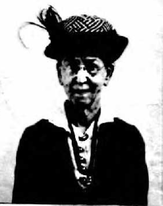 Florence Trail (1921 passport photo) Florence Trail (1921 passport photo) Florence and Bertha Trail, daughters of Charles E. Trail, were active in the local suffrage movement from the founding of the local branch of the Just Government League until the 19th Amendment was ratified in 1920. Florence served as president of the branch for many years and the sisters hosted many suffrage meetings at their home at 106 E. Church St. For example, on Sept. 3, 1913, Elizabeth King Ellicott, prominent Maryland suffragist and president of Equal Suffrage League of Baltimore, spoke to a well-attended meeting in the sisters’ parlor to kick off her campaign through the “mountain section of the State.” On May 2, 1914, the sisters hosted a meeting on the lawn of their home as part of a nationwide demonstration in support of the Bristow-Mondell Resolution where Baltimore suffragist Miss Emma Harris Jamison made a spirited address. They then hosted Philadelphia suffragist Mrs. Anna (Trail) Harding on March 13, 1916. Mrs. Harding was a native of Frederick and sister of Florence and Bertha. On June 4, 1919, the 19th Amendment to the U.S. Constitution was passed and sent to the states for ratification. The county courthouse, in the building that now serves as City Hall, made another appearance in the local suffrage movement when it served as the site of a woman’s suffrage rally on Dec. 16, 1919. U.S. Sen. Kenneth McKellar, of Tennessee, a strong advocate for women’s voting rights, was the featured speaker, along with Miss Maud Younger, a prominent suffragist from California and leader in the National Women’s Party. A resolution was adopted calling for the county’s legislators to vote for ratification of the amendment. On Feb. 20, 1920, Maryland voted against ratification. The following May, Florence Trail announced what was likely the last meeting of the Frederick Just Government League, held at the Frederick Armory, since 35 states had since ratified the amendment. By August, the required 36 states ratified the amendment, giving women the right to vote. Maryland did not ratify the amendment until 1941. Weeks after the ratification date of August 18th, groups in Frederick held additional meetings to organize according to political party. Local leaders urged women neighbors to do their duty in voting. Frederick's newspaper editor also did his part to positively influence ladies to register and exercise the new right given them. He also told of the corruption involved in the process, something that could be duly countered by an informed, participating electorate. However, an article in early September told the story of at least one well-known female citizen who had decided to take a pass on the election booth. She would not vote in a life that spanned a century, saying that there was no reason to start now.  One of the interesting things about this time period in our history was the strength and momentum of the temperance movement and its effects on national politics. This was, and still is, a movement aimed to curb the consumption of alcohol. It had a large influence on American politics and American society in the nineteenth and twentieth centuries, a time of demographic and economic change in America. Urbanization, industrialization, the rise of the women’s rights and woman suffrage movements, progressivism, immigration and World War I all contributed to the society that voted to go “dry.” Feminists like Susan B. Anthony supported prohibition because the abuse of alcohol so often led to violence against women. Anti-immigration proponents associated alcohol with Irish and German immigrants. The Anti-Saloon League fought political opposition from brewers by connecting German beer with treason in the public imagination. The Eighteenth Amendment was passed by Congress in 1917, ratified in 1919, and went into effect at 12:01 am on January 17, 1920. The temperance movement had triumphed. Their victory was short-lived, however, as many Americans made and drank alcohol in violation of the law. Bootlegging and organized crime stepped in to profit from the market for spirits, while law enforcement lagged behind the rise in criminal behavior. Prohibition was unsustainable. In 1933 the Twenty-First Amendment would eventually repeal the Eighteenth, and manufacture, sale and consumption of alcohol again became legal in the United States. In case you were curious, the first election after the ratification of the 19th Amendment (which granted women the constitutional right to vote) was held on Tuesday, November 2nd, 1920. In this, the 34th quadrennial presidential election, Republican Senator Warren G. Harding from Ohio defeated Democratic Governor James M. Cox of Ohio. In looking closer at this election of 1920, I found it quite ironic that Harding's campaign slogan was "Return to normalcy," I kid you not! This was meant to mean a return to the way of life before World War I. Harding's promise was to restore the United States' pre-war mentality, without the thought of war tainting the minds of the American people. To sum up his points, he stated: America's present need is not heroics, but healing; not nostrums, but normalcy; not revolution, but restoration; not agitation, but adjustment; not surgery, but serenity; not the dramatic, but the dispassionate; not experiment, but equipoise; not submergence in internationality, but sustainment in triumphant nationality. Isn't history "a many splendered thing?" In other news from the 1920 election, women voters in Maryland helped Republican Ovington Weller defeat incumbent Democratic US Senator John Walter Smith's run for re-election for a third term in office. Republican incumbent Frederick N. Zihlman won re-election for the U.S. House of Representatives for Maryland's District 6. The Trail Sisters As was shown through Lisa Mroszczyk's research and writing above, the three Trail sisters were the true leaders of the suffrage movement here in Frederick. Under the shadow of one of the finest monuments within Mount Olivet, one will find the final resting places of these women (Florence, Bertha and Anna) within the same family grave plot. Nearby is the grave of former US Senator and lifetime politician/statesman Charles McCurdy "Mac"Mathias (1922-2010). His maternal grandfather, Charles Bayard Trail, was a brother to these energetic and politically-minded ladies, making them his great aunts. Many knowledgeable of local history are quite familiar with the father of these ladies, Col. Charles Edward Trail (1826-1909). Col. Trail was a prominent local landowner, businessman and a member of the Maryland General Assembly. The Trail family home still stands, and has always been seen as one of the most impressive of all structures that can be found within Frederick City's historical district, having been built in the 1850s. The Italianate-style structure sits at 206 E. Church Street and today serves home to the Keeney & Basford Funeral Home. Col. Trail's wife, Ariana McElfresh Trail, was the daughter of a prominent lawyer and landowner near New Market. She also busied herself in both church-related and local civic activities throughout her lifetime and, like her husband, served as a great example of local leadership to her daughters.  Florence Trail Florence Trail Florence Trail (September 1, 1854 - April 21, 1944) was an American educator and author. Though she belonged to one of the wealthiest families of Maryland, she believed in the doctrine of self-support and left home to engage in teaching, first in Kentucky and North Carolina, and afterward in New York and Connecticut. On returning from an extended tour of Europe, she published My Journal in Foreign Lands (New York, 1885). This was followed by other volumes, among them: Studies in Criticism (New York, 1888), Under the Second Renaissance (Buffalo, 1894), and A History of Italian Literature. Florence Trail was born in Frederick, Maryland, September 1, 1854. She was the second daughter of Charles Edward Trail and Ariana McElfresh. Her siblings included, Anna M. Harding, Henry Trail, Bertha Trail, and Charles Bayard Trail. A severe illness at 10 years of age left her with impaired hearing. Her quickness of perception and efforts to divine what others meant to say caused them to forget, or not to realize, that her hearing was not equal to their own. She graduated first in her class in the Frederick Female Seminary, in 1872, having studied mental and moral philosophy, evidences of Christianity, modern history, mythology, rhetoric and composition. The following year, she graduated with highest honors from Mt. Vernon Institute, Baltimore. After teaching for four years at the Frederick Female Seminary, she left home for a position in Daughters College, Harrodsburg, Kentucky, where she afterwards taught Latin, French, art and music. In Harrodsburg, as well as in Tarboro, North Carolina, where she taught music in 1887 and 1888, and in Miss Hogarth's school, Goshen, New York, where she acted as substitute for some weeks in January, 1890, she made many devoted friends and did superior work as a teacher. In 1883, she visited Europe, and afterwards published an account of her travels under the title My Journal in Foreign Lands (New York, 1885), which passed through two editions and served as a guide-book. Trail has been a member of the Society to Encourage Studies at Home for 14 years, five as a student of modern history, French literature, Shakespeare and art, and nine as a teacher of ancient history. Her essay on "Prehistoric Greece as we find it in the Poems of Homer " was read before that society at the annual reunion at Miss Ticknor's, in Boston, Massachusetts, in June, 1883. Trail was an accomplished musician, having studied music in the seminary in Frederick, in the Peabody Conservatory in Baltimore, and in Chickering Hall, New York. She often appeared in concerts with success. Though gifted in many ways, she was best known as a writer. Her best work was, "Studies in Criticism" (New York, 1888). She published over 100 articles in prose and verse, many without signature, in newspapers and magazines. Inheriting a taste for the languages, she was a fine translator and read German, Italian, Latin and French. She died April 21, 1944. Florence decided to dedicate her life to the suffrage cause after attending a 1910 meeting where she listened to Edith Houghton Hooker, the president of the Just Government League. She embarked on her new mission by helping found a chapter of the Just Government League in her hometown, Frederick, and by serving as its first president. Florence's mother Ariana, sister Bertha and niece, Grace, all played significant roles in the Frederick Suffrage Movement.  Maryland Suffragettes in Washington (ca. 1920) Maryland Suffragettes in Washington (ca. 1920) Maryland Suffrage historian and researcher Amy Rosenkrans gleaned much on the Trail sisters. She wrote, "Florence along with her mother and sister Bertha, were elected to the Board of Directors for the Frederick County Just Government League (JGL) in 1911. The directors took turns hosting the monthly meetings, many of which took place at the Woman’s College, later Hood College. At those meetings, one of the sisters would often give a lecture on pertinent suffrage topics. When the Frederick chapter changed their governing structure to a more traditional format of officers, Florence was elected President. As such, she chaired most meetings and even hosted them at her elegant home. In addition to chairing meetings and working to garner support in Frederick, both Florence and Bertha participated in suffrage activities at the state and national levels. Florence represented the county at the 1913 Suffrage March in Washington DC, held on the eve of Woodrow Wilson’s presidential inauguration, and at state Just Government League conventions. In 1915, she was selected to represent Maryland at the National American Woman Suffrage Association Convention. Bertha ended up attending the meeting in her stead and brought back information about the convention to the Frederick chapter as well as to the Frederick Female Seminary Alumni Association Meeting, of which both she and Florence were members. When the Frederick County JGL chapter dissolved in 1917 and became the Frederick County Woman Suffrage League, Florence was once again elected president. The next year, she was elected to an office in the MD Woman Suffrage League. Despite her state level position, Florence continued to support the movement in Frederick, planning and hosting meetings such as a 1919 Suffrage Rally on the Frederick Courthouse steps. The Trail Sisters worked diligently to win the vote for Maryland’s women. Their writing, speeches and constant activism did not end when the battle was won. Both sisters continued to be active in the community. Bertha was elected President of the Frederick County Republican Club in 1920 where she spearheaded the registration of new women voters." Florence's sister, Bertha Trail, also made an incredible impact on voting here in Frederick as has already been shown. She helped register hundreds of women and organized the local Republican Party for women. Bertha was an amazing mover and shaker here in town and was responsible for bringing several benevolent endeavors to life.  Part of her surviving legacy is St. Timothy's Chapel on Franklin Street, across the street from the main entrance to the Frederick Fairgrounds. This entity began as a Mission Sunday School about 1897, established by Bertha Trail and her brother, Henry within the Schleysville subdivision, then just beyond the city boundary. The frame Mission Sunday School building was constructed in 1900, according to its cornerstone. In the History of All Saints ' Parish, Second Edition, the authors note that "one of Miss Bertha's objectives was to tum the attention of the local residents from the neighborhood saloon to St. Timothy's." The present, stone structure was built in 1924. The fore-mentioned Anna Mary Trail Harding was a leader of the suffrage movement in Philadelphia. She would be born and raised in Frederick, but lived elsewhere on account of the work of her husband, Rev. John B. Harding, an Episcopal minister. When she was widowed in the early 1920s, she made the decision to move back to her hometown. There are many others that helped lead the charge for women's equality in voting that are buried here at Mount Olivet. I have simply included their obituaries and gravesites here, but please know that each of their life journeys are ample fodder for individual "Stories in Stone" on their own. Along with the Trail sisters, these ladies were among Frederick's first women to vote in November 1920. Elizabeth (Pettingall) McDannell January 1, 1858-March 13, 1930 Area C/Lot 133 Mary Ella (Stoner) Willard July 31, 1876-December 28, 1951 Area AA/Lot 133 Mary Lavinia (Floyd) Urner February 16, 1872-December 2, 1956 Area AA/Lot 117 Gertrude (Harner) Apple December 12, 1868, 1876-August 9, 1953 Area CC/Lot 27 For more research on this topic, please check out these sites by Preservation Maryland and the Maryland Historical Trust for more research on our state's rich suffrage story.
https://www.preservationmaryland.org/programs/six-to-fix/projects/current-projects/womens-suffrage/ https://mdhistoricaltrust.wordpress.com/2017/12/12/a-story-map-of-womens-suffrage-in-maryland/ In this strange new world of Covid-19, I kick myself each time I walk up to a store or restaurant and upon getting within ten feet of the front door/entrance, I realize: “Crap, I forgot my facemask back in the car.” I’m sure that this same thing has happened to many of you as well. Hey, I’m certainly not adverse to wearing the mask, or upset with the store or even a local, state or federal government entity for making me wear it—just disappointed in myself for not remembering to put it on. Regardless, the extra exercise experienced in making my way to the car, and back, can certainly to a body and mind some good. I would bet good money that all of us have at least one interesting and entertaining mask story, or will have a few committed to memory when this is all said and over. Grandchildren and great-grandkids of the future will not be able to “social distance” themselves away fast enough from those like myself who will be able to readily “spin yarns” of that crazy year of 2020—made all the more ironic by the number sequence 20/20. It will be remembered as a time reminiscent of “an optometrist’s nightmare,” in which nothing seemed clearly visible or credible to the average human eye. One of the most unique experiences I’ve had over the past five months was an impromptu hospital visit at the beginning of June. My early morning trip was caused by a painful kidney stone. Thankfully, I remembered my mask on the first try as I was admitted to the local emergency room of the Frederick Health Hospital, or as I still call it—FMH/Frederick Memorial Hospital. The name switched in fall 2019.  It is a surreal experience to find oneself in the emergency room during a worldwide pandemic. I wasn’t thinking to deeply about it at the time as I just wanted the excruciating pain radiating out from my left side to go away. I was, however, so thankful that this malady had held off for a few months as it would have been much more stressful on me had it occurred in late March, April or May, while we were in mandatory quarantine with fear at its zenith. I learned from physicians and specialists that I required the joyless experience of lithotripsy. This took place a few weeks later. The over-arching takeaway from my kidney stone episode during Covid-19, is that I gained a newfound respect for health workers of all varieties, and their compassion for their jobs. Yes, I’ve been subjected to my share of Greys Anatomy episodes over the years (thanks to my wife, OF COURSE), but those folks in the medical profession are pretty damn special and possess that irreplaceable “superpower”—the ability to ease our pain and suffering to the utmost possible.  Emma J Smith Emma J Smith In this unique time in our history, the selflessness practiced by doctors, nurses, specialists and others in this profession, is truly on display and being rightly noted and recognized. Mind you, they are not newbies to donning masks, and washing hands as they have been doing it already for quite some time while in the line of duty. In addition, they can’t socially distance as their job requires them to do the opposite—come closer in an effort to find out what is wrong with their patients. This is truly phenomenal when compared to the selfishness many of us have displayed in having to deal with distancing, canceled events and ever-changing rules requiring us to make sacrifices in our traditional way of life. When I was in the hospital, I certainly had “time to kill,” especially once the pain meds started to kick-in. With smartphone in hand, I started to peck around the Frederick Health organization’s new website. I immediately wanted to see how they handled the institutional history. I had done a story on the hospital’s first president, Emma J. Smith (1843-1915), back in early 2019 for a “Story in Stone” like this one. Miss Smith is buried here in Mount Olivet in Area E/Lot 156. Another interesting page that caught my eye was the hospital’s webpage on nursing. Here is what Cheryl Cioffi, the facility’s Senior Vice President, Chief Operating Officer & Chief Nursing Officer, wrote in her letter of introduction:  Frederick Hospital's Class of 1946 Frederick Hospital's Class of 1946 Each day nurses throughout Frederick Health have the unique opportunity to affect the lives of the patients they care for in real and meaningful ways. The role that nurses play is critical in the delivery of excellent care for our patients and their families. How nurses communicate and collaborate inter-professionally with team members and colleagues both internal and external to Frederick Health lays the foundation for creating a patient and family centered care environment. Our nurses are innovative, skilled professionals who drive evidence-based practice and quality patient care outcomes across our entire system. As Frederick Health continues to expand and innovate with new medical disciplines, advanced surgical capabilities, and state-of-the-art technology, our nurses will remain central to carrying out our mission and vision. As the landscape of healthcare continues to evolve with an elevated focus on population health, nurses will remain an invaluable driving force behind the superb quality care provided to our community. We strive to provide excellent care that is second to none. We consider it a privilege to care for you and your family, and an honor to be called a nurse. This was very impressive, especially to a guy riddled with pain and at the mercy of anyone remotely displaying the slightest interest in taking said pain away from me. I soon reminisced about the interest in healthcare and medicine held by my late mother whose favorite professional life work was that of a medical technologist. She headed into this career immediately after high school, enrolling in a two-year accreditation program.  My mother (left) with her older sister Peggy on Graduation Day from Medical Technology Program, St. Francis Hospital, Wilmington, DE My mother (left) with her older sister Peggy on Graduation Day from Medical Technology Program, St. Francis Hospital, Wilmington, DE My mom received her med-tech degree and worked in hospital emergency and operating rooms. She also managed blood banks and laboratories, before becoming a hospital administrator and later a healthcare consultant. I fondly recall her nightly tales about work at the dinner table while growing up. She worked at Suburban Hospital in Bethesda, and her anecdotes were not for the squeamish as we learned the fates of victims who had accidents of all sorts—especially as experienced by those driving in cars, riding on motorcycles, and standing on skateboards. Looking back, it must have been her version of “Scared Straight” sessions to help my brothers and I avoid future potential mishaps. These also dissuaded me and my brothers from a job in the medical field. However, all three of my mom’s nieces were inspired by her profession and would become nurses themselves. As I said, the respect is, and has always been, in me for these incredible folks far more talented than I, and possessing much more stressful occupations. When you think about it, what’s the worst that can happen if I make a mistake in performing job duties such as researching and writing about someone. I can’t lose a patient (in the form of a subject), they’re already deceased by the time they hit my proverbial pen! As my mother had a hand in giving the world more nurses (in the form of her nieces), so did this week’s “person of interest,” Miss Georgianna Houck Simmons. I have mentioned Mrs. Simmons in two previous stories—she was a great early benefactor to town. I wrote a story this past spring in which Mrs. Simmons donated a Frederick City real estate lot in order to preserve, and expand, a small park once located adjacent Carroll Creek and centering on the old Riehl’s Spring. In my fore-mentioned story about Miss Emma J. Smith, I chronicled the genesis of Frederick Memorial Hospital and the controversial start of Frederick’s first major healthcare center. It featured a battle between the local medical board with its doctors against the lady board of managers who raised the funds to construct and open Frederick City Hospital in 1902. The crux of the problem was sexism, as the male dominated profession of doctors did not want to answer to the ladies who built and planned to manage the hospital. To heighten the situation, the doctors opened their own rival hospital, once located on S. Market Street.  Frederick Post (Aug 19, 1920) Frederick Post (Aug 19, 1920) Caught in the middle were the nurses, traditionally female at that time—and a time, I might add, that pre-dated the Nineteenth Amendment to the US Constitution. Those who are unsure of your civics history, this was the amendment that gave women (of any color) the right to vote. The amendment was ratified on August 18th, 1920. I’d like to add that the woman who (beginning in 1897) raised nearly $9,000 and donated the land to give Frederick such a hospital, never possessed the legal opportunity to vote in elections during her lifetime. The same holds true for our subject, Georgianna Simmons. This makes their benevolence and accomplishments, along with those of other well-known local ladies like Margaret Scholl Hood and Emily Nelson Ritchie McLean even more impressive. Georgianna on my Mind So who the heck was Georgianna Simmons? Well, she donated two lots to the hospital in 1904. These would be utilized in which to build a nursing school, operated in conjunction with the early hospital. Mrs. Simmons was the sister of Emma Houck, who was on the board of directors for the hospital and the Houck family was known to have given generously to the healthcare endeavor. The Georgianna Simmons Nurses Home was completed on July 31st, 1913, and served as a training center for nurses and a home for them while studying. Work on this novel building was started the previous year. Georgianna Simmons was born to parents Ezra Houck and Catherine Bentz on August 15th, 1832. The Houcks at the time lived on the old Mill Pond property, northeast of town on Tuscarora Creek and better known today as part of Worman’s Mill. (The farm no longer stands but was known to older residents as the Bowers Farm. The farmhouse would be demolished and became part of the surrounding Worman's Mill development)  Ezra Houck (1802-1878) Ezra Houck (1802-1878) Ezra Houck was a successful farmer and businessman. Among his activities were serving as president of the Junior Fire Company (1840-1850) as well as the Farmer's and Mechanic's Bank, Mutual Insurance Company and Frederick and Woodsborough Turnpike Company. Desiring an opportunity to move his family into town, he bought a familiar Frederick landmark property on N. Market Street. It had been improved with a stately structure thought to have been erected by Richard Potts and located where the patio of Volt Restaurant now stands. Potts’ widow, Eleanor, sold it to Ezra Houck in 1838. I’m assuming the family re-located here at the time of purchase. Georgianna (aka "Georgie") had ten siblings. She had been named for her grandfather, and an older brother who had passed away in 1833 at the age of five. She received an education in local schools in town, and the family attended Frederick’s German Reformed Church. Georgianna's was a gilded life as her father was one of the wealthiest men in the county, especially while holding down the job as head cashier at the Farmers & Mechanics Bank located less than a block south from the family home. Georgianna lived at home until her 41st year of age. On December 3rd, 1873, she became the second wife of Simon Cyrus Simmons, a money broker who owned a sizable farm located just south of Buckeystown on the west side of the turnpike. I'm thinking that Jacob Engelbrecht holds the key to figuring out perhaps how Georgianna met Mr. Simmons. He appears to have owned the dwelling across from the Mutual Savings Institution at which her father worked. The Frederick diarist mentions Mr. Simmons in May, 1871: “Mr. S. Cyrus Simmons purchased the small brick house opposite the savings institution and has raised it to 3 stories and also an open front for broker office.” This farm, which Georgianna made her new home, is still in operation today and known as Mayne’s Tree Farm which has specialized in growing/selling Christmas trees for as long as I can remember. Sadly for our subject, married life was short as her husband died in October 1877, not allowing the couple the opportunity to celebrate their fourth anniversary. The farm stayed in the Simmons family and Simon Cyrus was buried next to first wife Anna Maria “Mary” Mantz Jackson (1793-1870) in a family plot located in Area H/Lot 257. Incidentally, Mr. Simmons was the third husband of “Mary” for those keeping score at home. Georgianna had to find a new home as Springdale was not leaving the Simmons clan. I’m assuming that she likely welcomed a return to the Houck homestead on N. Market Street in town. Other siblings still lived at home. Her father died the next year and is buried beneath a very impressive obelisk monument on Area F/Lot 84. Georgianna’s mother would serve as head of household in the 1880 census but died in 1886. Speaking of households, my amazing research assistant, Marilyn Veek, found a 1949 Frederick News article that talks about how the six Houck daughters built what is now the Volt building next door to their old house. (Note: I will place this find at the end of this story.) Many of us remember this as the Frederick Professional Building long before Brian Voltaggio and his “cooking and culinary prowess” moved in. I went to my beloved, and longtime dentist, Robert E. Broadrup, here in this building. The old house that originally served home to the Houck family was torn down to build the new structure. Don't worry, the ladies certainly didn't have to rough it as they found temporary lodging at the City Hotel while the construction was being done. The six sisters built what architectural design deems a Richardsonian Romanesque masterpiece building. It would be a fitting home for a future “Top Chef.” And for those who continue to compliment me on my smile, the credit solely goes to the late Dr. Broadrup, a man who was undoubtedly in the same ilk as Brian Voltaggio as a stellar, seasoned professional who could easily wear the moniker of “Top Dentist.” Now back to Georgianna Simmons for a quick life update. Without a husband, she could join her maiden sisters in figuring out a way to spend their inheritance, and in the process, improve their hometown. Luckily, Emma J. Smith and the hospital project would win Georgianna’s interest. As I wrote in my earlier story on Miss Smith regarding the hospital: “Emma and her lady Board of Managers worked earnestly to fund the hospital project. They went door-to-door, approached businesses and lobbied the state. In just five years, a new, "state of the art," two-story (and soon to be three-story) hospital building opened to the public. This was early May, 1902. The structure cost $8,000 to build, and featured 16 private rooms and would soon boast three wards. A school of nursing was also established in 1902 adjacent the Frederick City Hospital and named the Georgianna Simmons Nurses’ Home. Mrs. Simmons was the former Georgianna Houck (1832-1915) who contributed the bulk of the money needed to build this facility. Her gravesite is located in the same section of the cemetery as Emma and another major early benefactor of the hospital, Margaret S. Hood.” Frances A. Randall wrote about the Nurses Home in the 2006 publication by the Frederick News-Post entitled Frederick County, Maryland: Your Life. Your Community. “Miss Sallie Earhart was appointed the first superintendent of nurses. Five physicians were selected to give clinical instructions to the students. The first class of three graduated in 1904 from a two-year program. The school was changed to three years of study in 1907. The students lived in rooms in the main hospital building until 1913 when the Georgianna Houck Simmons Nurses’ Home was completed. Most classes were held in the basement classroom or in the lecture room of the home. The hours on the duty were long, 7am-7pm, with two hours off during the day when possible. In the early years, the students were given one afternoon off each week.” An article from the July 9th, 1913 edition of the Daily News reported the official dedication of the building and subsequent gift to the Frederick City Hospital. It also mentions the graduation of three nurses from the training program in 1913. They were Emma B. Ohler of Emmitsburg, Grace I. Thomas of Frederick and Florence A. McDade of Burkittsville. After graduation, these ladies were taken to the State Tuberculosis Sanatorium in Sabillasville for inspection, according to the newspaper.” Mrs. Randall continued with her overview of the school, giving its history through to its eventual end. “Quite often students would be called on during their times off to help when a crisis might arise at the hospital. At times, the nursing shortages were acute, especially during the war years, and many responsibilities were placed on the shoulders of the young students. Perhaps this helped to make them better prepared for the greater responsibilities that lay ahead. In 1952, the hospital’s name was changed to Frederick Memorial Hospital. Over the years many changes, improvements and enlargements took place. The hospital has grown from twelve beds in 1902 to 300 beds when the latest construction was completed. The largest class graduated in 1951 when twenty-one nurses received their diplomas. The last class of nine graduated in 1968, bringing the total number of graduates to 427 The closure of the nursing school was a sad event for the alumnae, but the pride we have for our Alma Mater remains. The many instructors and doctors who helped the students through the years are remembered with fondness. And so an era that lasted 66 years came to an end. The Nurses’ Home was demolished in May 2002.” As for Georgianna Simmons, she passed away on August 6th, 1914 —a year after the grand opening of the Nurse’s Home. The cause of death (given in our records) is listed as senility. Ironically, Georgianna didn’t die at the hospital, rather she breathed her last breath in the calming confines of her family home on N. Market Street—the future Professional Building of course. It is not known whether she was assisted by a nurse at home, or not. Ms. Simmons would buried in the shadow of her parent’s impressive funerary monument within the family plot in Area F. As would be expected, her funeral was well-attended on August 8th, 1914. Most of her siblings surround her in death, just as they had in life. Her grave is between sisters Emma and Ella. I find it interesting that Georgianna's tombstone is in the form of a cross, a symbol associated with the nursing profession, specifically the Red Cross.
I can’t believe it’s been ten years since I received the call from Bill Sherman, my former father-in-law, telling me that Dr. Cable had passed. I remember it like it was yesterday. I was on the beach in Fenwick Island, Delaware, peacefully sitting in my chair in the sand and staring at the ocean on a beautiful, sunny late afternoon on the last day of July, 2010. As it does for so many people, watching and hearing the waves gently crashing on the shore has always filled me with an indescribable calm—as it is my favorite pastime, and place, in the world. The irony here was that the human personification of “the calming powers of the ocean” was none other than Dr. Dana G. Cable. I first heard Dr. Cable’s name proclaimed by my mother back in the early 1980s. She had gone back to college to get her Master’s degree from Hood College. Dr. Cable was a psychology professor at the local institution and served as my mom’s instructor for a unique class offering centering on thanatology, the study of dying, death and bereavement. I recall how very excited she got for each week’s class, and would usually come home beaming and giddy—something that seemed very odd to myself and the rest of my family, given the serious content matter. She tried explaining the class to me then, but I was in high school at the time, and death and dying was the furthest thing on my teenage mind. Cable, a leading thanatologist over his storied career, originally came to Hood in 1972. He taught "Psychology of Death and Dying," one of the first classes in the field. Dr. Cable even conducted class field trips that involved walking treks within Mount Olivet Cemetery. Newspaper stories about him, and the innovative psychology classes he was designing, were picked up by the Associated Press and published in newspapers throughout the country. Thanks to Dr. Cable and Dr. Terry Martin, Hood College expanded thanatology from a concentration under the master's program in human sciences to a certificate program. The initial vision and hard work of these gentlemen has earned Hood College the recognition of having one of the most heralded programs of its kind in the country today. A Mother's Story Exactly two years ago, my mother and I broached the subject of Dr. Cable, and the class after my mom found that she, herself, was diagnosed with a terminal illness. She had even gone to the trouble of digging her old class resource/text-book out of storage in order to re-read. It was entitled Death & Dying: The Universal Experiences and had been authored by Dr. Cable in 1983, the same year my mother took her first course from him at Hood. Here are some poignant passages from the work mentioned above. These were specific points my mother had underlined in pencil within her copy used in conjunction with the class: *”All of us will face the deaths of loved ones. It is time that we all learned to open the door to death and to look death in the face.” (pg5) *”It is important to differentiate between what we call “fear of death” and what might be called “fear of dying.” When we speak of death, we are talking about a state of being. We are alive now. Someday we will no longer be alive; we will be dead. On the other hand, dying implies a process, a way of getting from that state of life to the state of death.”(pg 7) *”For most individuals, the fear of death becomes greatest during the middle years of life. This is the time when we see our children able to function on their own. We are also at the peak of our profession and earnings, and everything seems to be going the way we want it to go.” (pg 12) *”What then can we do in caring for the dying patient? There is no simple formula. However, whether we are nurses, physicians, janitors, clergy or significant family members of the dying patient, there are things we can do to make things easier both for them and for ourselves as well. First and foremost would be listening.”(pg 62) *”Regardless of whether we choose the traditional funeral or a memorial service, the use of rituals is an important part of death. Rituals give us an opportunity to experience a rite of passage, a chance to say a final good-bye.” (pg 69) *”When people do not do their “grief work” following a death, we may well find a serious mental, social, and emotional problem. The expression “grief work” is a very appropriate one. Overcoming a death, learning to go on without the love object, requires work. It is not something that just happens. In order to understand what the grief process is like, our starting point needs to be with some basic definitions.”(pg 80) *”Finally, grief may be affected by our perception of the unfinished business that remains, unfinished business in the sense of failure to close relationships with the dead person.” (pg 87) *”In most individuals we will see the intense expression of grief last for periods of weeks to months or even a year. Experience tells us that for most people the grief process will take a period of approximately two years, but indeed, it will vary from one person to another.” (pg 92) My mom told me that Dr. Cable and the Hood class had helped her in so many ways, especially in coming to grips with the death of her father (the previous decade) and finally achieving adequate closure. Her dad had passed somewhat suddenly in 1975 after a short illness. I certainly knew how tight of a connection bond my mother had with her father. She was the youngest of three and the “apple of his eye.” Just one week prior, I had accompanied my mom to Wilmington, Delaware to visit my grandfather in the hospital. He was upbeat and apparently making a positive recovery. Mom had to return back home to work the weekdays at her job at a hospital in Montgomery County, but planned to come back the following weekend to see him. I often flashback to the following Friday, a day in which I woke up to find both of my parents staying home from work, and keeping my brothers and I out of school. My grandfather had died overnight, news given to me by my Dad. He told us that our mother was very, very sad. I was only eight, and my brothers were five and two, so we didn’t really get the magnitude of what she was experiencing. It was, however, the first major death of a relative I would experience and remember. I won’t forget that day, seeing her more distraught than any other time in life. Actually, it makes me sad even thinking about it now. She regretted not being there in Wilmington by her father's side when he died as we had planned to head back to Delaware that Friday evening after her return from work. It was my first funeral, and a surreal experience seeing so much sadness from relatives. To add to the family’s loss, my grandfather was previously scheduled to come to Frederick to help preside over my First Communion the same weekend, as he was a Eucharistic minister in the Catholic Church. I would see my father go through the same thing a decade later with the loss of his mother. I recall the support my mom was able to give him however, and a big part of that was by sharing the lessons and wisdom gleaned by Dr. Cable. When my mom and I talked two summers ago, she remarked that Dana Cable’s class was one of the most enlightening and rewarding educational experiences of her life. This was quite a compliment from someone who had an innate love for learning. She knew that he had made a difference in her life, just as he likewise did for countless others be them students, private practice clients and professional colleagues. Interestingly, Dr. Cable would one day do the same for me, as I would find myself in a situation I never expected to be in. My mother passed in February, 2019 of respiratory scleroderma/interstitial lung disease. Once again, I know the impact that Dr. Cable had on her in the classroom also helped her battle her terminal disease, at least mentally. Obituary To chronicle the rich life of this man who specialized in the study of death, I will simply submit his obituary and also provide a link to a fine story written about him and published at the time of his death in the Frederick News-Post. Dr. Dana Gerard Cable, 66, of Frederick, died Friday, July 30, 2010, at Frederick Memorial Hospital. He was the loving husband for 33 years of Sylvia K. Cable. Born Aug. 27, 1943, in Sewickley, Pa., he was the son of Jean Clover Cable of Brookeville, Pa., and the late Boyd Cable. Dr. Dana G. Cable earned his B.A. degree from West Virginia Wesleyan College and his Ph.D. from the University of West Virginia. He was a professor of psychology and thanatology at Hood College. A leader in the field of gerontology (the study of aging) and a pioneer in thanatology (the study of dying, death and bereavement), Dr. Cable was director of both the thanatology and human science graduate programs at Hood. He was a licensed psychologist and certified grief counselor. Dr. Cable was on the editorial boards of The American Journal of Hospice and Palliative Care, and Omega: Journal of Death and Dying. He authored the book "Death: The Universal Experience." He authored and co-authored (along with Dr. Terry Martin) numerous chapters in books as well as professional papers. He and Dr. Martin were invited co-presenters at international conferences in Canada, Greece and Scotland. Dr. Cable was on a team that developed a 10-part video course on death and dying for public television and distance learning. He served on the Board of the Association for Death Education and Counseling and earned that organization's Clinical Practice Award. Dr. Cable served as president of Phi Kappa Phi international honor society and was chairman of the board of Hospice of Frederick County. He lectured widely in his chosen fields, most recently as the invited speaker of the Carhart-Rollandini Thanatology Lecture Series at Hood, when he presented his well-founded theory of grief. He was a gifted teacher and mentor to hundreds of students spanning his nearly 40 year teaching career. Dr. Cable served as an International Trustee for Kiwanis International. He served as a governor for Capital District Kiwanis. He was a member of Kiwanis of Frederick. His favorite past-time was going to Las Vegas and taking cruises in January. Surviving in addition to his wife and mother are two children, David Cable and wife, Carolyn, of Yellow Springs and Jenny Morgan and companion, Patrick Ellis, of Middletown; five grandchildren, Jared Cable, Samantha Cable, Taylor Cable, Ryan Morgan and Sarah Morgan; one sister, Penny Saxton and husband, Lew, of Pennsylvania; and nieces and nephews, Tina Chillcott, Bill Ramey, Daniel Cable, Waylon Boyer and Angie Lahrman. He will remembered by his lifelong friend and associate, Dr. Terry Martin. He is also survived by several great-nieces and great-nephews. He was preceded in death by his grandson, Alex Nathaniel Cable; his sister, Christine Cable; and infant brother, Lanny Cable. The aforementioned Lanny Lee Cable died in the local Brookville Hospital (Pennsylvania) at just 12 days of age. The baby sibling of Dana died as a result of being born premature. I’d bet this traumatic incident had a profound effect on Dana’s family, particularly his mother. It likely affected or perhaps gave inspiration to Dana to enter the field of studying death and grief. While conducting my research for this story, I found another early newspaper article that showed Dana Cable was be destined as a writer from a very young age. Here is a link to the FNP story on Dr. Cable from August 3rd, 2010: https://www.fredericknewspost.com/archive/our-friend-dana-cable/article_83e96229-bbbe-52ba-ada7-ea1f564b2ef8.htm 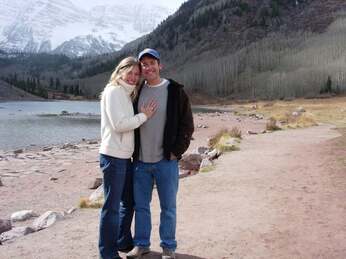 Alisha and Chris (Oct 2009) Alisha and Chris (Oct 2009) My Personal Remembrance (For what it’s worth) The reason that Dana Cable and I intersected in life was certainly due to a death, as you would naturally think. However, it was not just any death-- it was that of a steady girlfriend of mine. Back in the summer of 2009, I was recently divorced and inadvertently happened upon the beginning of a magical, new relationship with a charming woman living in Golden, Colorado. To say I experienced serendipity, is an understatement, as I met Alisha by total accident while I was attending a tourism-based work conference in Denver. I had flown out a few days early in an effort to do some sightseeing before the conference. I headed to Golden to tour the legendary Coors Brewery and visit the Buffalo Bill Museum and Gravesite which overlooks the sleepy, little Colorado town from atop Lookout Mountain. I won’t bore you with the details of how we met on a restaurant patio overlooking Clear Creek, but we hit it off wonderfully. Neither of us were looking for somebody, but we found something very special that night—each other. Like me, she was recently divorced and had a four year-old son, while my son Eddie was three at the time. A long-distance relationship would ensue and grew throughout that fall into winter with several trips made between Colorado and Maryland to spend time with one another. She was truly amazing and the relationship grew fast. After an incredible Thanksgiving, in which I introduced her to my family, she would also spend Christmas week with us here in Frederick with her son. It was reminiscent of a movie on the Hallmark Channel --a reference to bring "cable" television into the story. Two days after a joyous Christmas Day, Eddie and I drove Alisha to BWI Airport and put her (and her son) on a plane home on December 27th (2009). Future plans had been made for me to fly out to Colorado three weeks later for her birthday. I had no idea that I would never see her again. Three days later, on December 30th, 2009, she was murdered in her home in the middle of the night. The alleged suspect was her estranged ex-husband who had broke into the house. Riddled with shock and grief, I would be called on to assist investigators in the ex-husband's arrest. Instead of going to Colorado for Alisha’s birthday, I would travel to Colorado to deliver a eulogy at a memorial service for her at the famed Red Rocks Amphitheatre. I also met, and spent ample time, with investigator Kate Battan of Colorado’s Jefferson County Sheriff’s Office. A decade earlier, Det. Battan was the head investigator of the Columbine High School shooting tragedy. Months later, I returned to Colorado to serve as a principal witness in a very unpleasant child custody case for Alisha's son who had lost both parents, one to death, and the other to a detention facility. The trial was held in a conservative county outside of Denver and somehow the court decided to place her son with the murderer’s family. It truly baffled the mind, as the fix was in from the start with her ex-husband's family. Another case of greater importance was on the horizon. The State of Colorado needed me to be mentally strong and collected in order to testify in a murder case which was scheduled for fall of 2010. I was a key witness for he prosecution and was directed to see a grief counselor in advance of the trial, something the State of Colorado would fully embrace and fund on my behalf. I reached out to the earlier mentioned Bill Sherman, a psychologist himself, for guidance. He told me that he knew just the person for me to go see—Dr. Dana Cable. Apparently, the good doctor had stopped taking on new clients, but would make an exception for me based on the circumstances. He was also a friend of Bill’s so I really lucked out. I started seeing Dr. Cable in April 2010 and we met weekly for the next three months. I already had a comfort level with him and had the unique opportunity to begin our therapy by telling him that my Mom loved taking his class at Hood, and what it meant to her. In our sessions over the next three months, I was able to describe in detail the relationship I had built with Alisha, culminating with her death and the grief I had been feeling. I learned so very much from him, and more importantly, about myself during those weekly visits. Our last session in late June ended with Dr. Cable telling me that he thought I was highly resilient, mentally strong, in a very good place and definitely ready for the trial, and moving forward in other aspects of life. He told me that perhaps my whole purpose in meeting Alisha was to provide her final months with happiness and bliss. He also said that I had channeled grief, emotion and energy into performing a mission in assisting the investigators and most of all Alisha’s family, of whom I would have the pleasure of meeting for the first time only in conjunction with her funeral services in Cincinnati, Ohio a week after her death and on my birthday of all days. I would miss my next weekly appointment with Dr. Cable thanks to a planned vacation to the beach at the end of the month. We had set up my next session for Tuesday, July 6th (2010). I remember going to his home-based office near Bartonsville on that hot, July day. I was even ten minutes early and sat in the car before approaching his office door. To my surprise, no one answered after repeated knocks and ringing of the doorbell. I had waited nearly five minutes before I decided to try his home front door, as his office was connected to the house. Eventually his wife, Sylvia, would answer the door. She apologized profusely and told me that Dr. Cable should have notified me as he had postponed all appointments for the week. She said that he was dealing with some health issues. I was perplexed and disappointed, but simply went back to work. When I returned home that night, I dug through the stack of mail from the previous week and found a letter from Dr. Cable sent out on July 1st. As you can piece together now, I would never see Dr. Cable again. He died a few weeks later of septic shock relating to surgery undertaken to address colon cancer. When I got the news of his death that day in late July while on the beach, I felt two things. My first reaction was shock and surprise, but surprisingly without any extreme sadness as he, himself, wouldn’t want that from me. Instead, I experienced a renewed reassurance that his lessons of life, and death, (along with the tranquility and strength gained from my current state in watching the ocean) would be there for me in the upcoming court trial, and the continual “trials of life” ahead. My second “deep thought,” was saying to myself: “Hey, wait a minute, am I living a Seinfeld episode? How should you feel when your grief counselor dies? And, more so, who are you supposed to talk to about it?” Over a week later, on August 8th, I attended Dana Cable’s memorial service at a packed-full Coffman Chapel on the Hood College campus. I was simply in awe of the eulogies given that day, and various stories of the people he had touched through his life’s work on death. The gentleman was thoroughly accomplished and keeper of "A Wonderful Life." Looking back personally, what strikes me is just how poignant Dr. Cable’s final words to me really were. He complimented me on my resilience, especially how I had processed the deaths of my two life’s heroes—my father and paternal grandmother earlier in life. He said this gave me the proper foundation for working to resolve Alisha’s death, albeit much more disturbing and tragic. He gave me his green light and approval to move forward, or at least the confidence and assurance. I wasn’t just good, I was actually “Cable-ready,” to use a satirical play on words involving the well-known designation which indicates that a TV set or other television-receiving device (such as a VCR or DVR) is capable of receiving cable TV without a set-top box. As a footnote, the murder trial went as scheduled in the fall of 2010, and I performed my part in giving my testimony with honesty, love and conviction. And speaking of conviction, the convict in this case, Alisha’s ex-husband, was sentenced to life imprisonment in a federal prison for his horrendous crime. Thank you Dr. Cable. Not only did you help me then, but you somehow probably had a hand in me working for a cemetery as well—a place predicated on death and dying. It certainly never crossed my mind prior to late 2015 at which time I was offered the job here..."Good Grief!" Dana G. Cable is entombed within a burial crypt within the Potomac Building in Mount Olivet Cemetery’s mausoleum complex. His mortal remains are located in crypt 29/Row B. (In picture above, the Cable crypt space is the first on the left, second row up from floor.)
|
STORIES
|
Archives
July 2024
June 2024
May 2024
April 2024
March 2024
February 2024
January 2024
December 2023
November 2023
September 2023
August 2023
July 2023
June 2023
May 2023
April 2023
March 2023
February 2023
January 2023
December 2022
November 2022
October 2022
September 2022
August 2022
July 2022
June 2022
May 2022
April 2022
March 2022
February 2022
January 2022
December 2021
November 2021
October 2021
September 2021
August 2021
July 2021
June 2021
May 2021
April 2021
March 2021
February 2021
January 2021
December 2020
November 2020
October 2020
September 2020
August 2020
July 2020
June 2020
May 2020
April 2020
March 2020
February 2020
January 2020
December 2019
November 2019
October 2019
September 2019
August 2019
July 2019
June 2019
May 2019
April 2019
March 2019
February 2019
January 2019
December 2018
November 2018
October 2018
September 2018
August 2018
July 2018
June 2018
May 2018
April 2018
March 2018
February 2018
January 2018
December 2017
November 2017
October 2017
September 2017
August 2017
July 2017
June 2017
May 2017
April 2017
March 2017
February 2017
January 2017
December 2016
November 2016


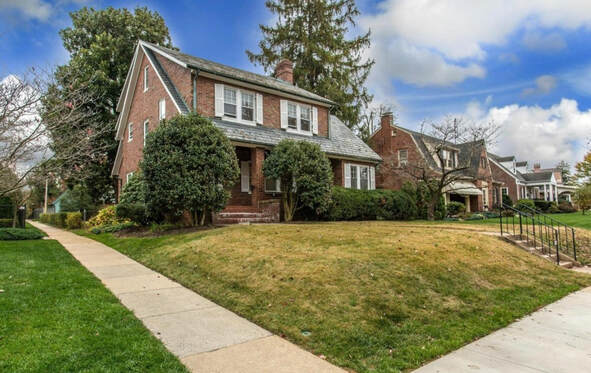




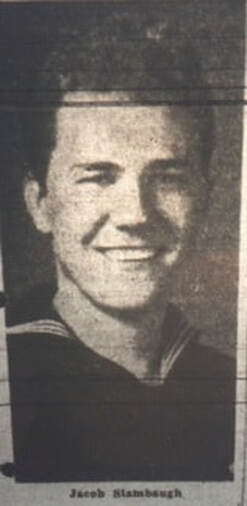


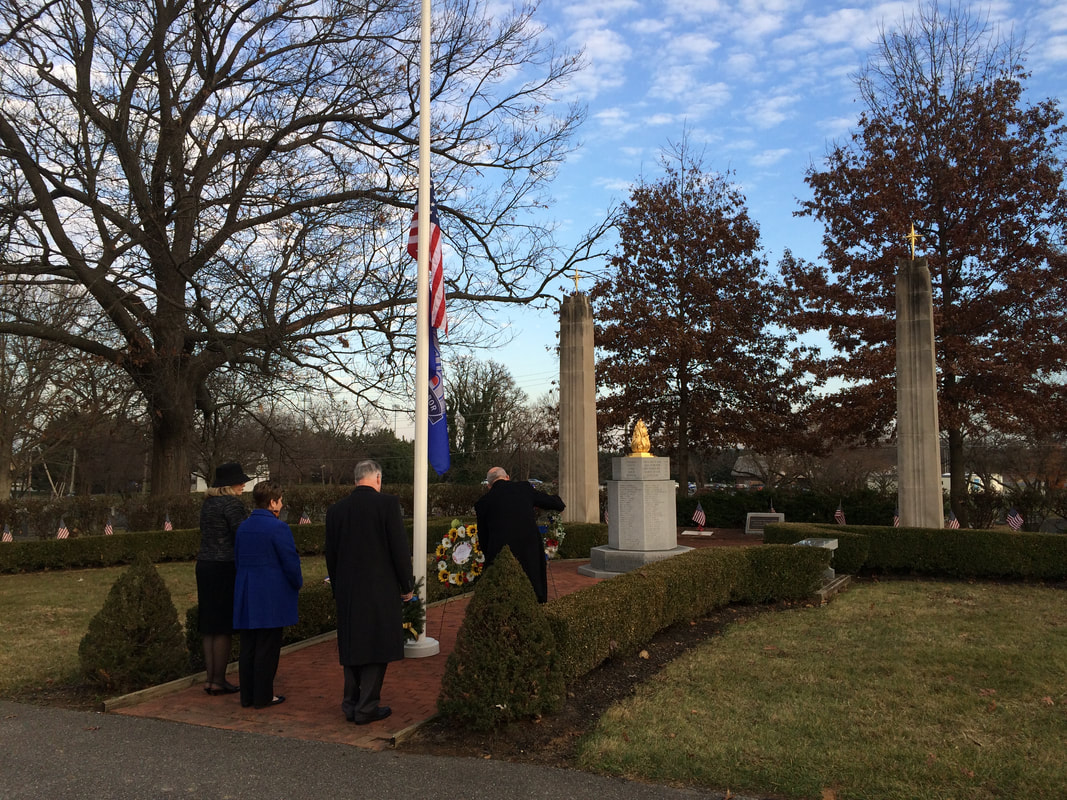



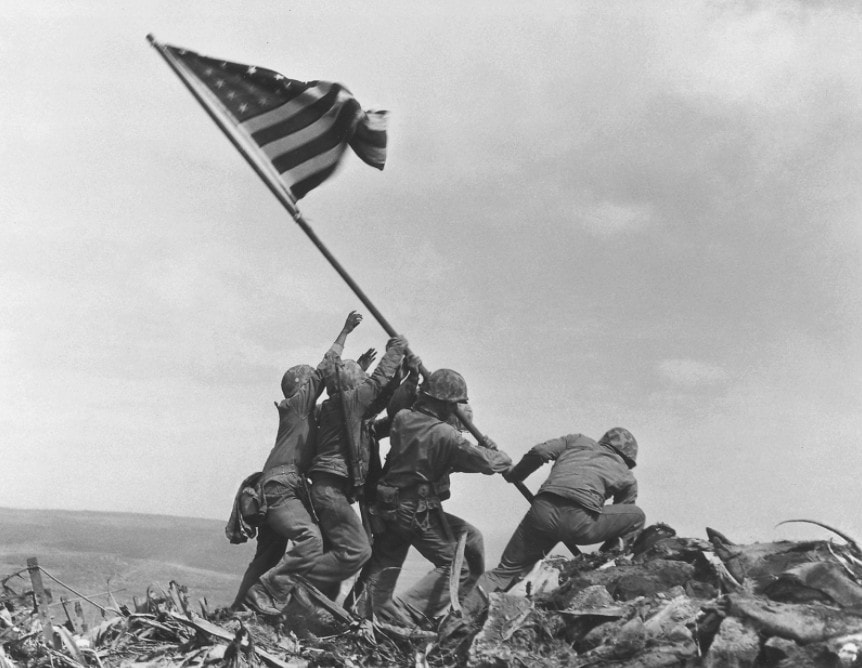

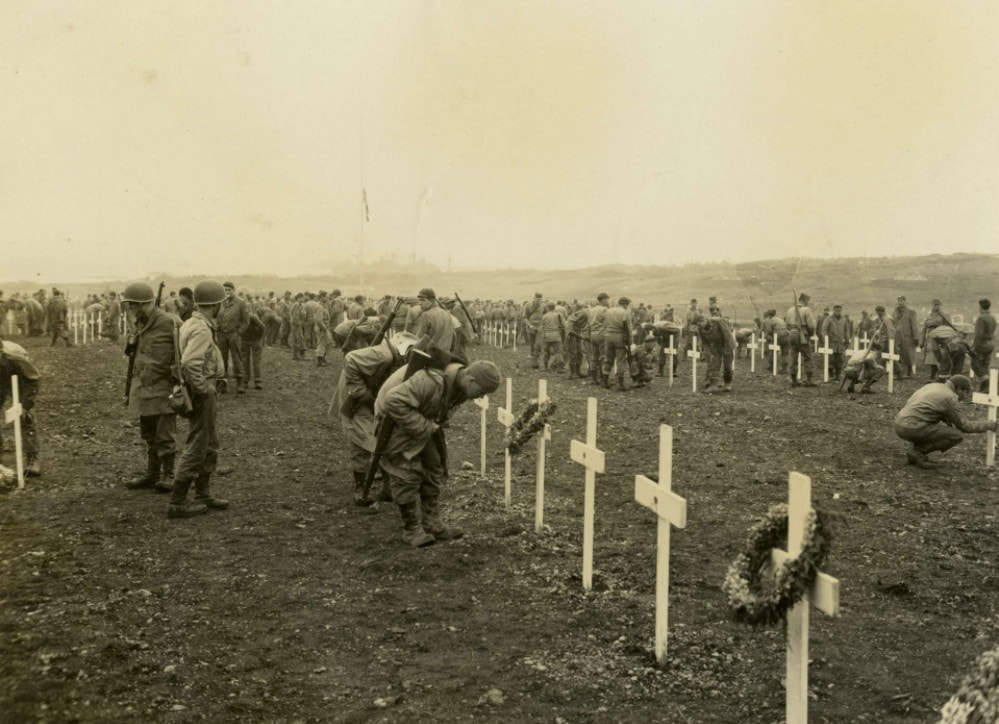
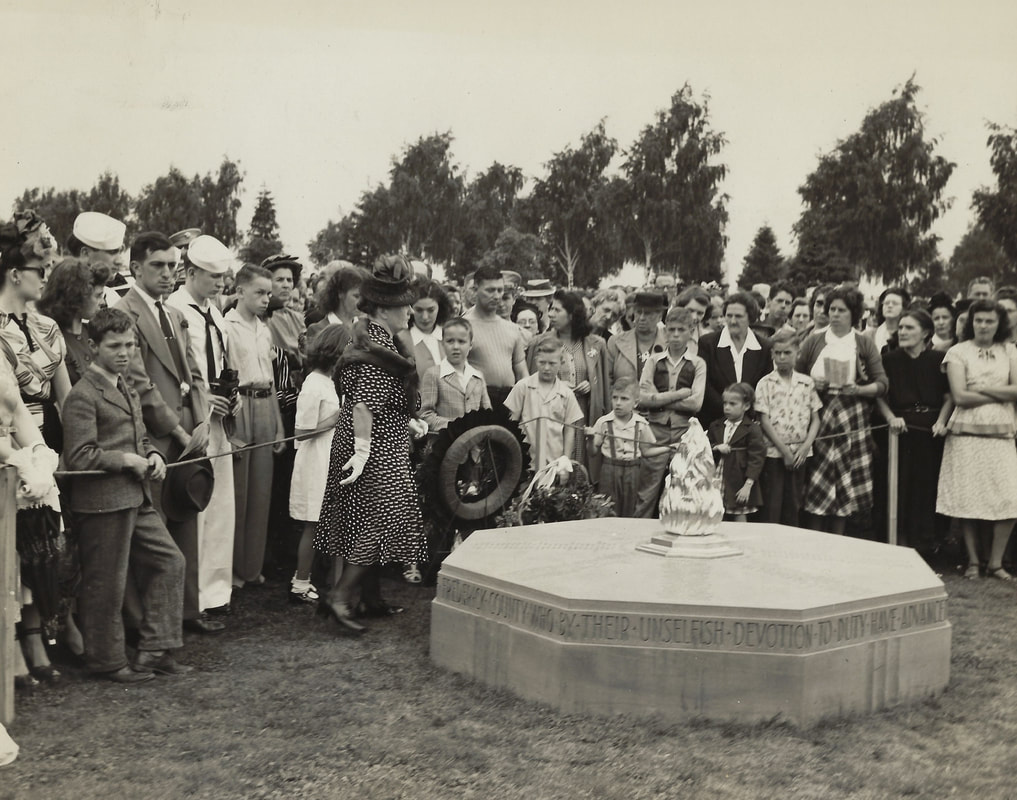
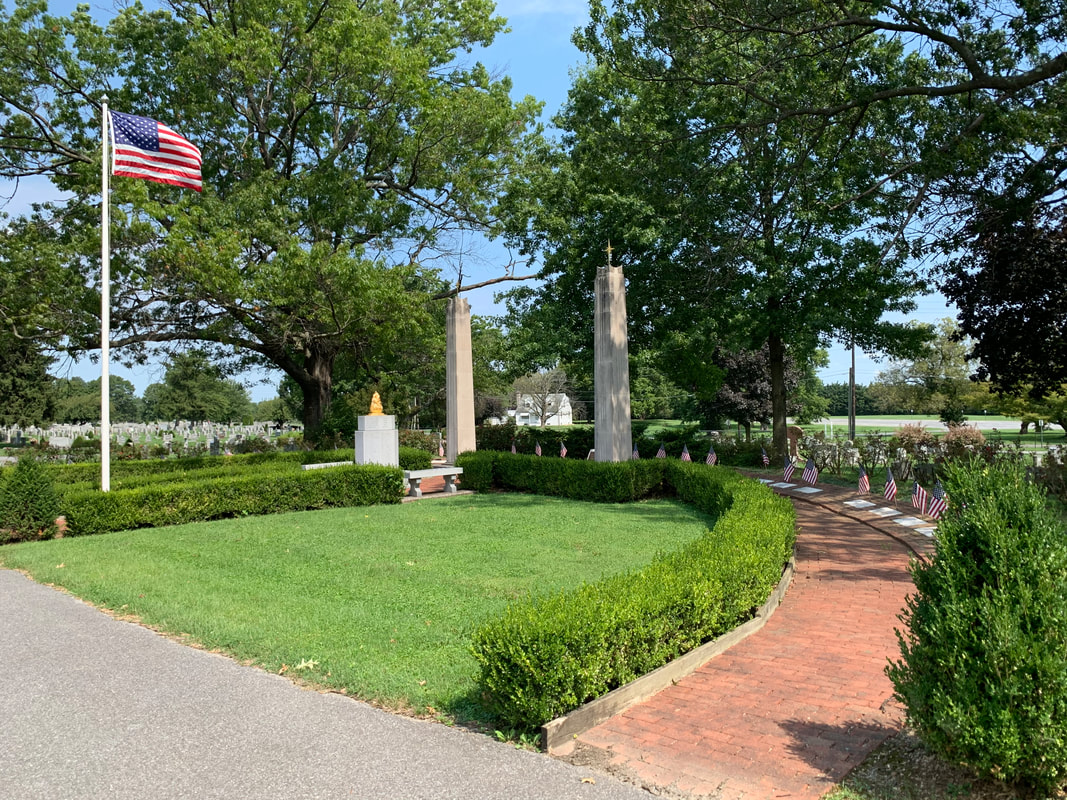





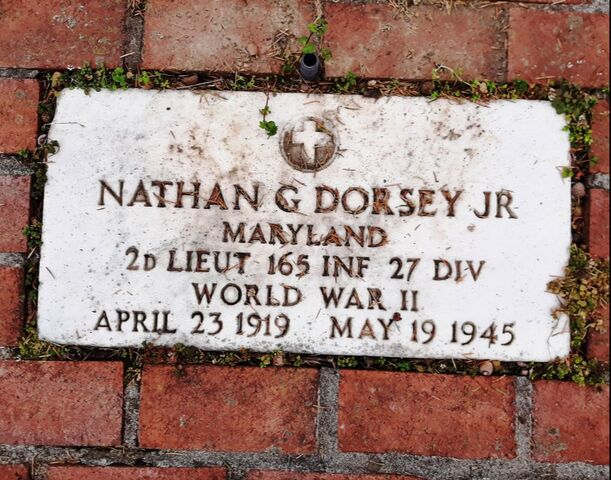


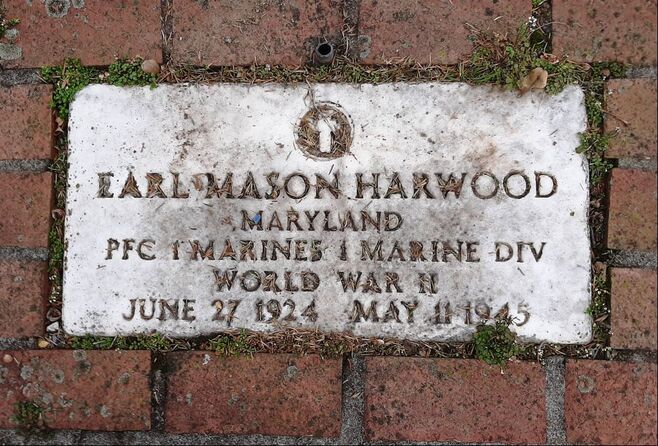
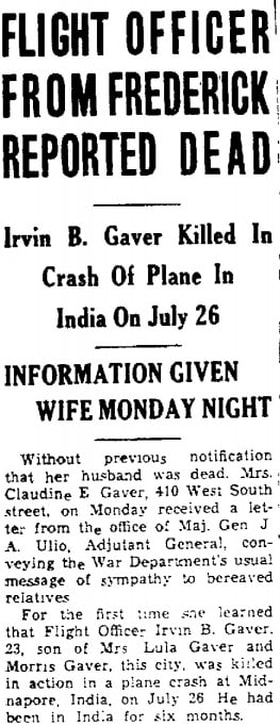


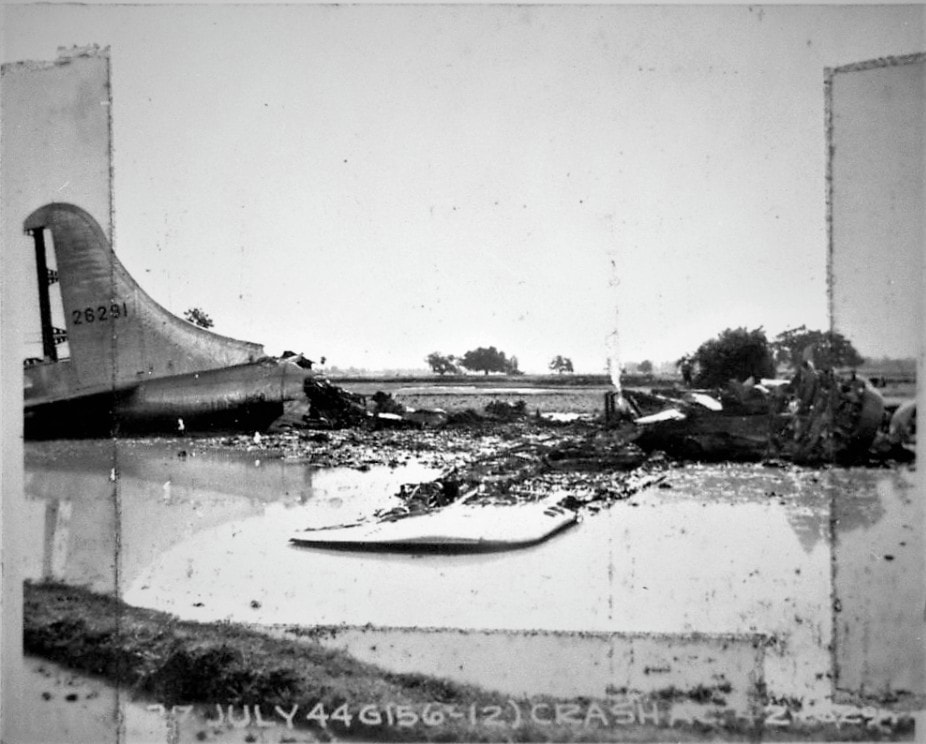
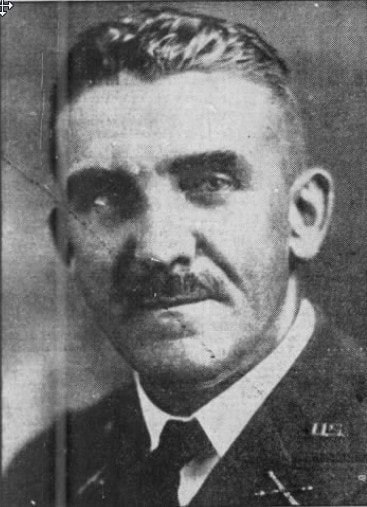
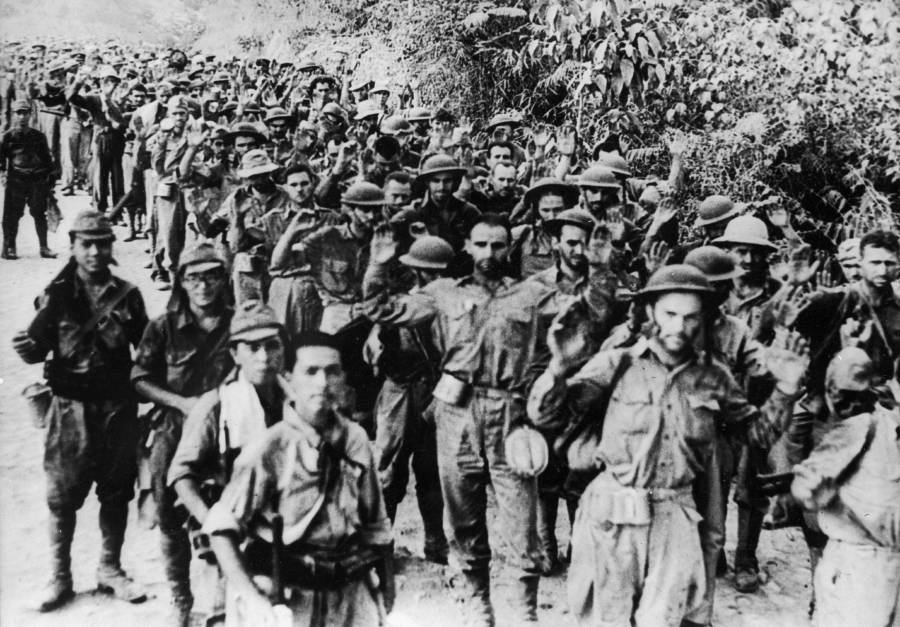










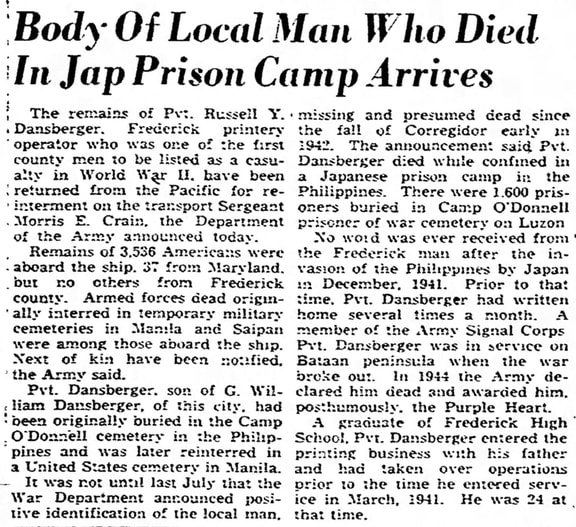






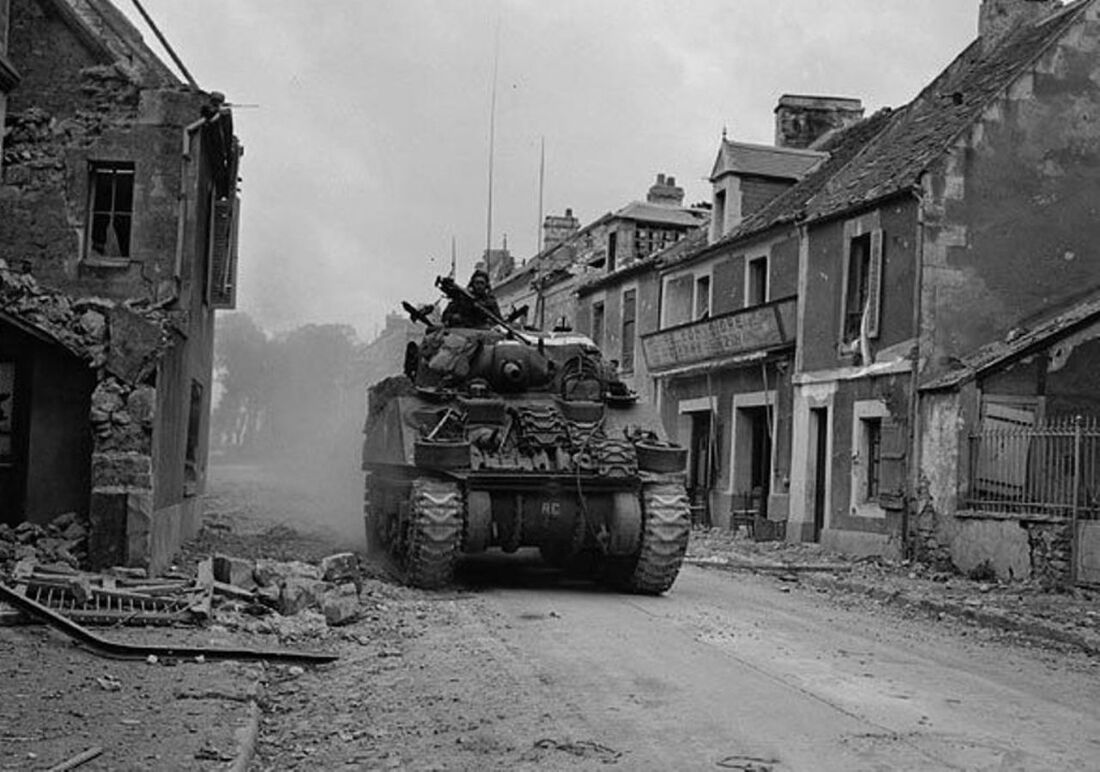




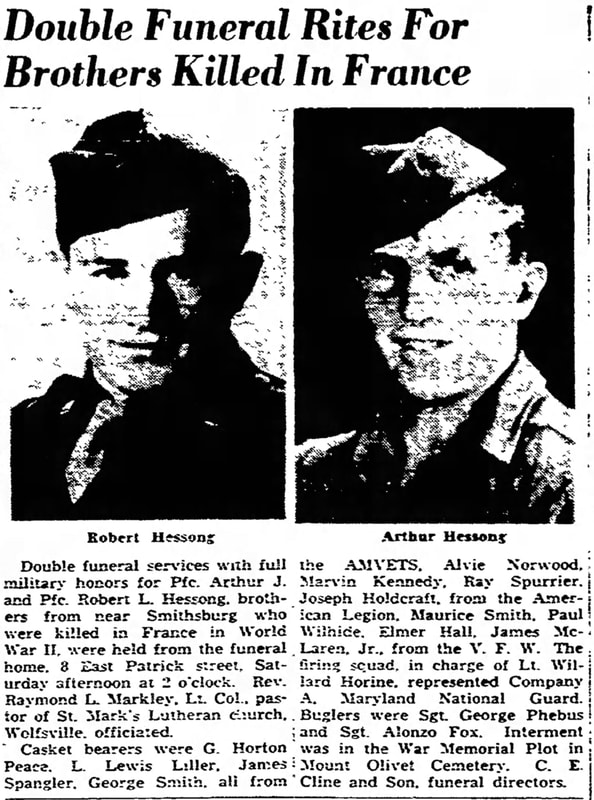





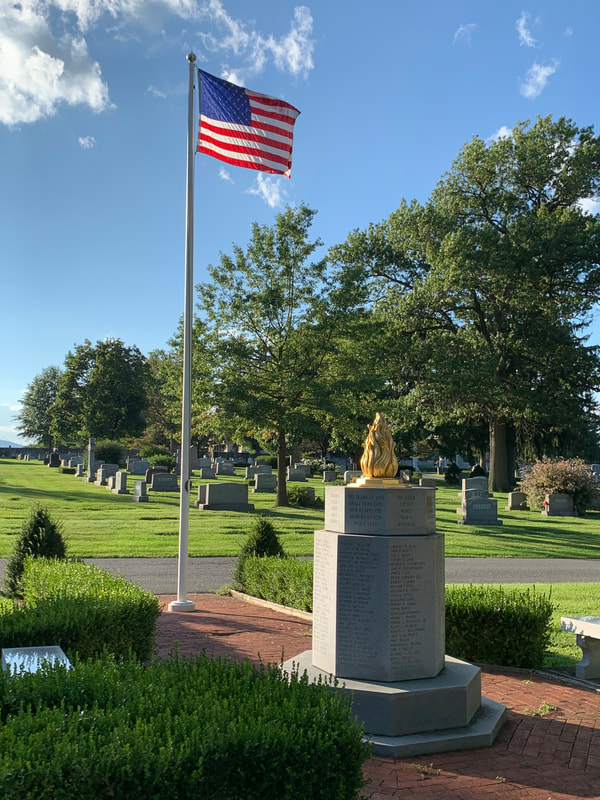

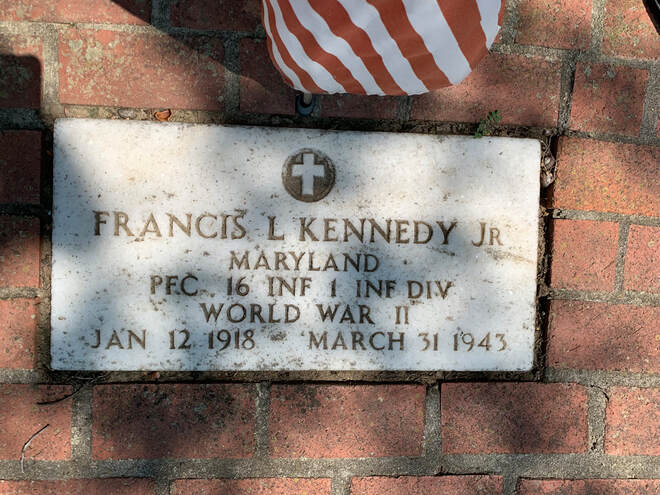






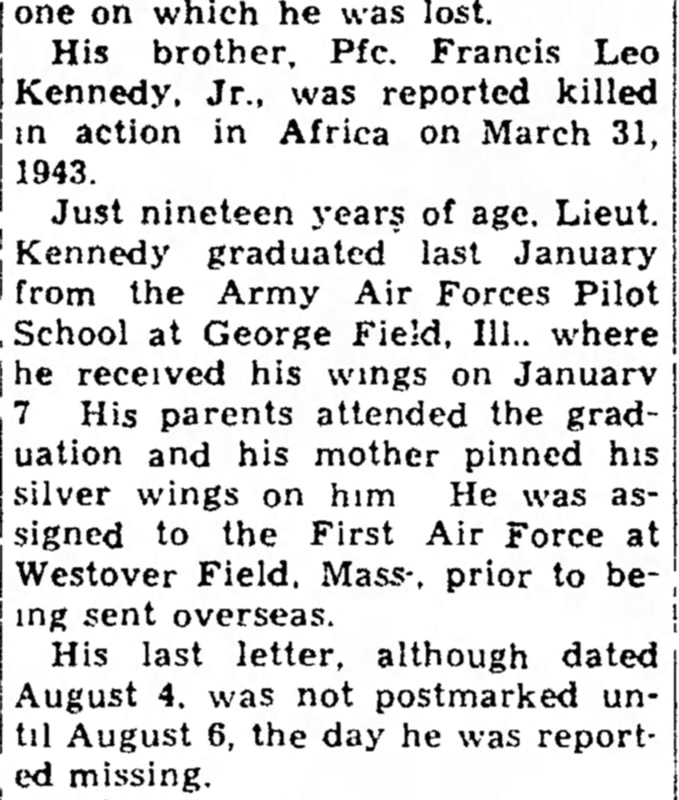

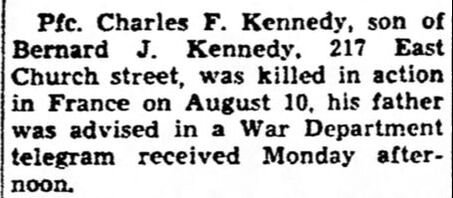









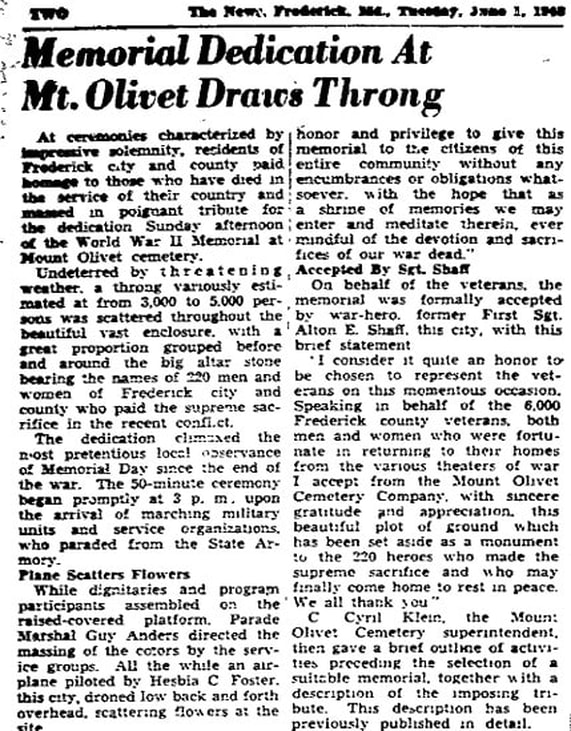


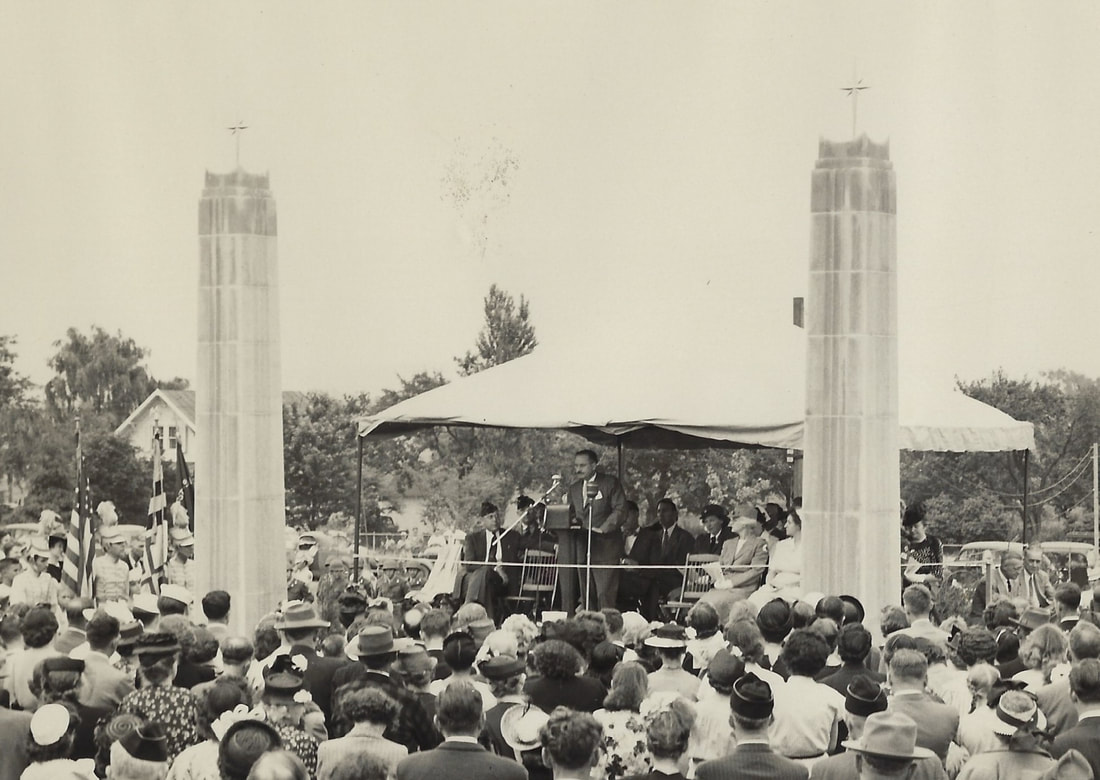





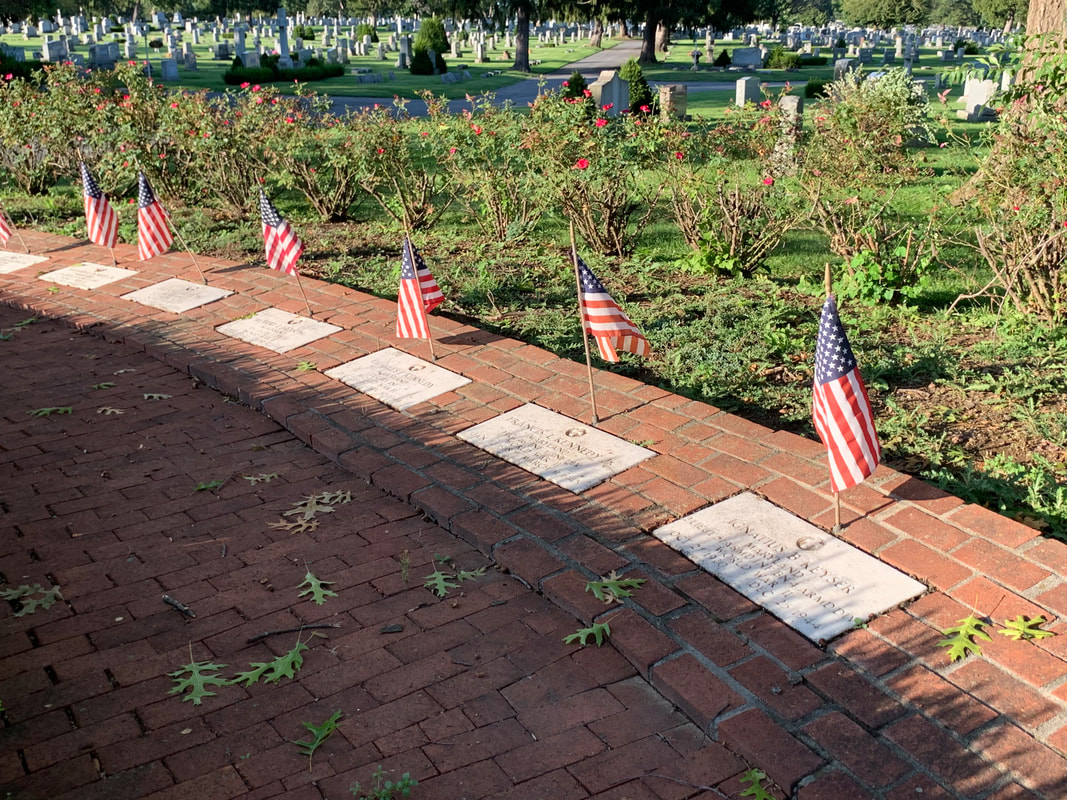

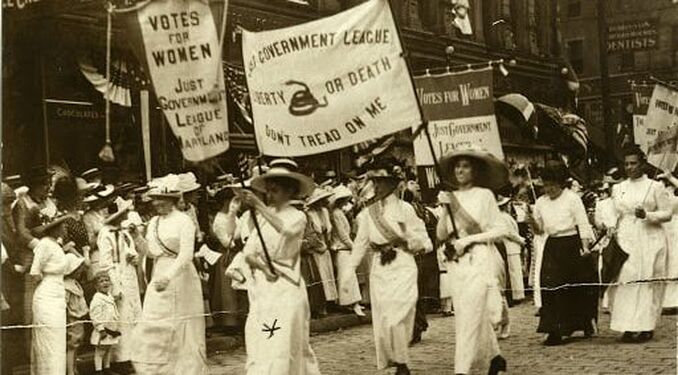
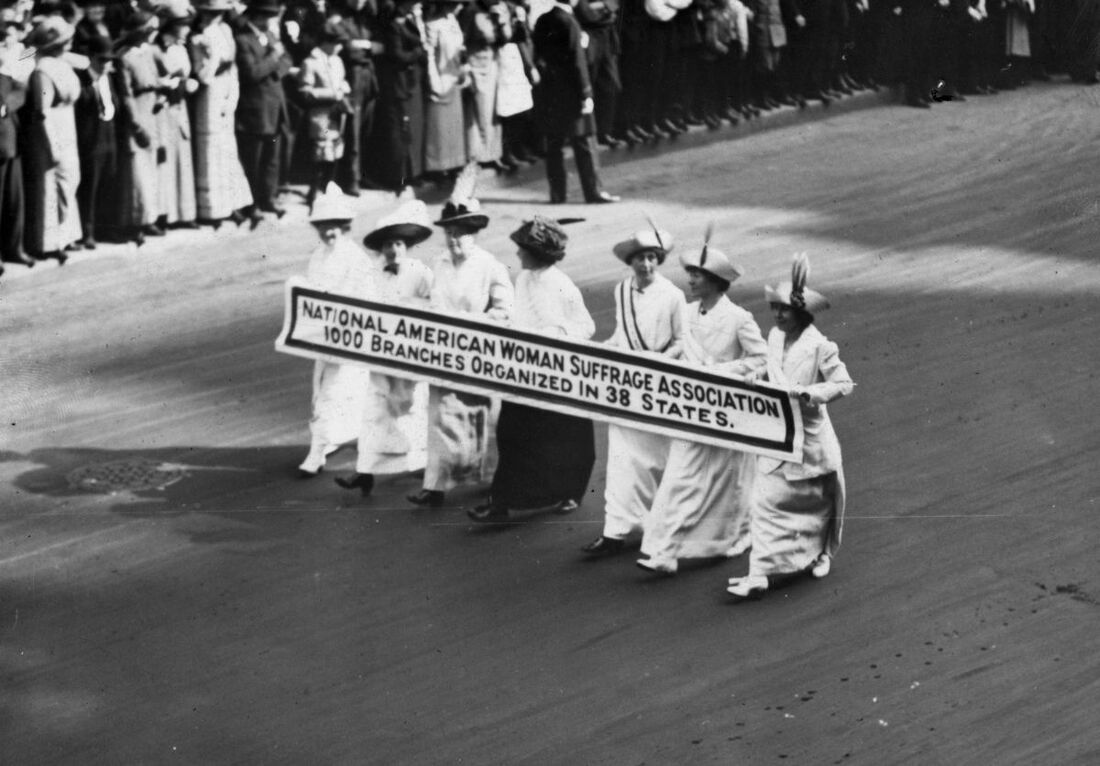













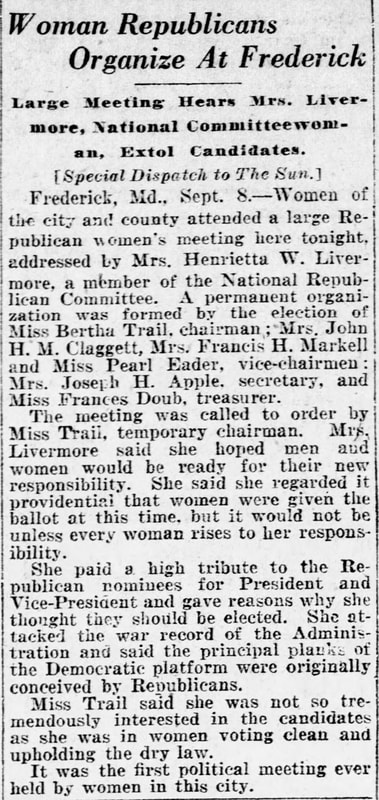




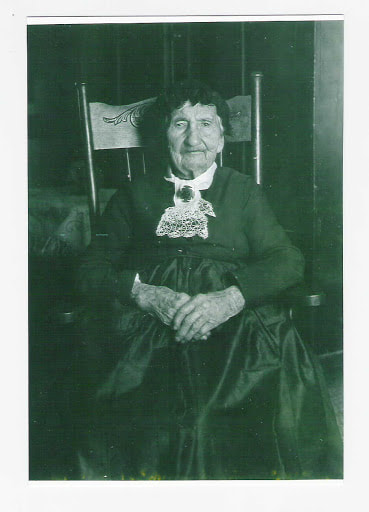

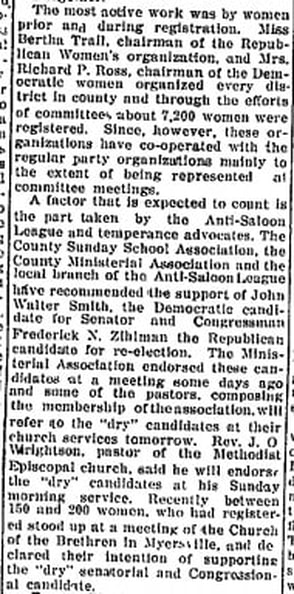


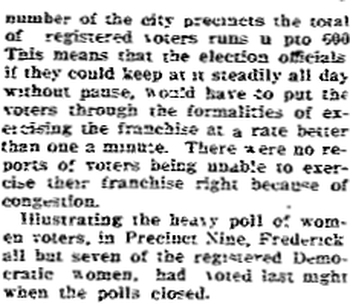
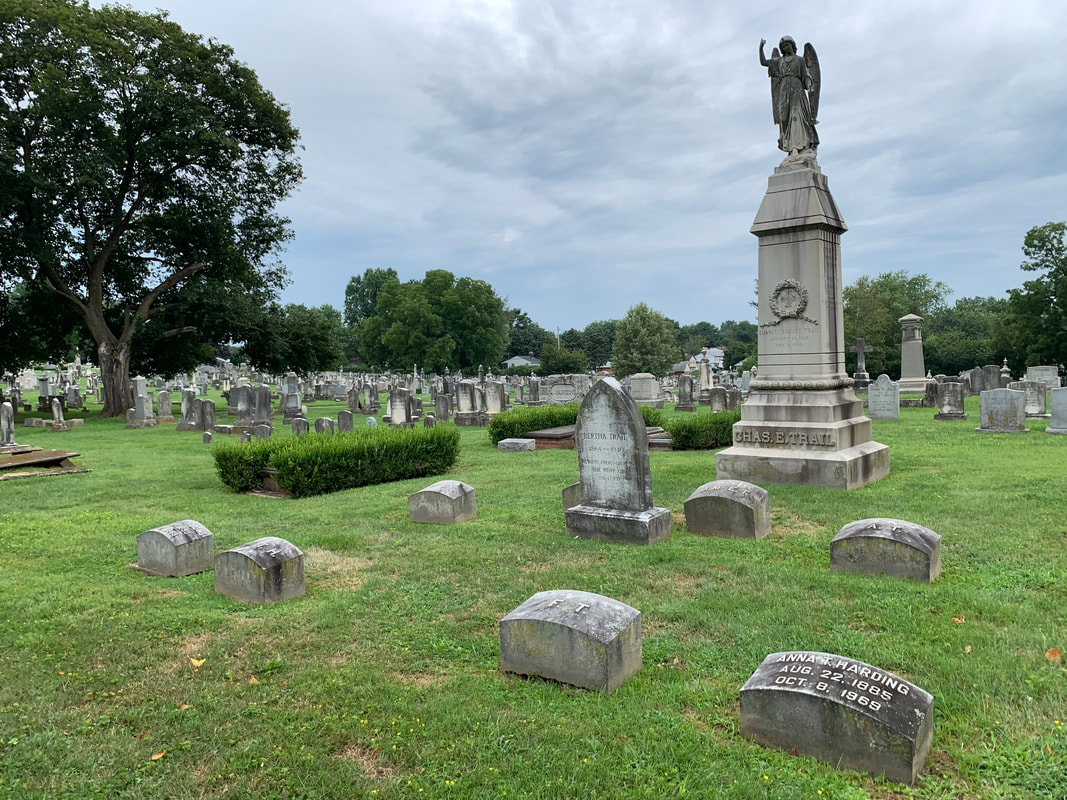








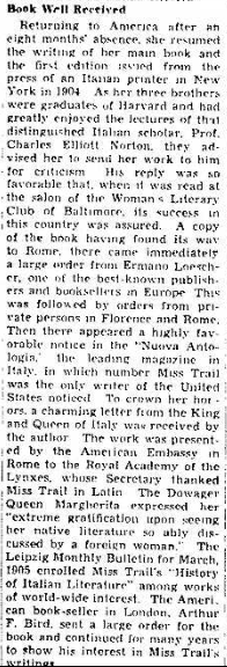

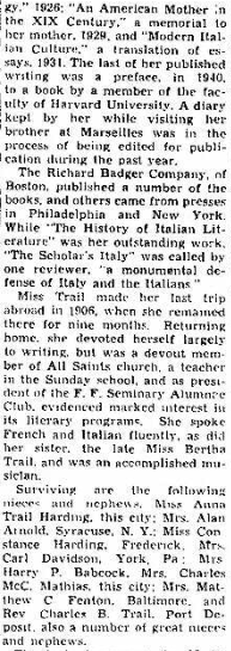






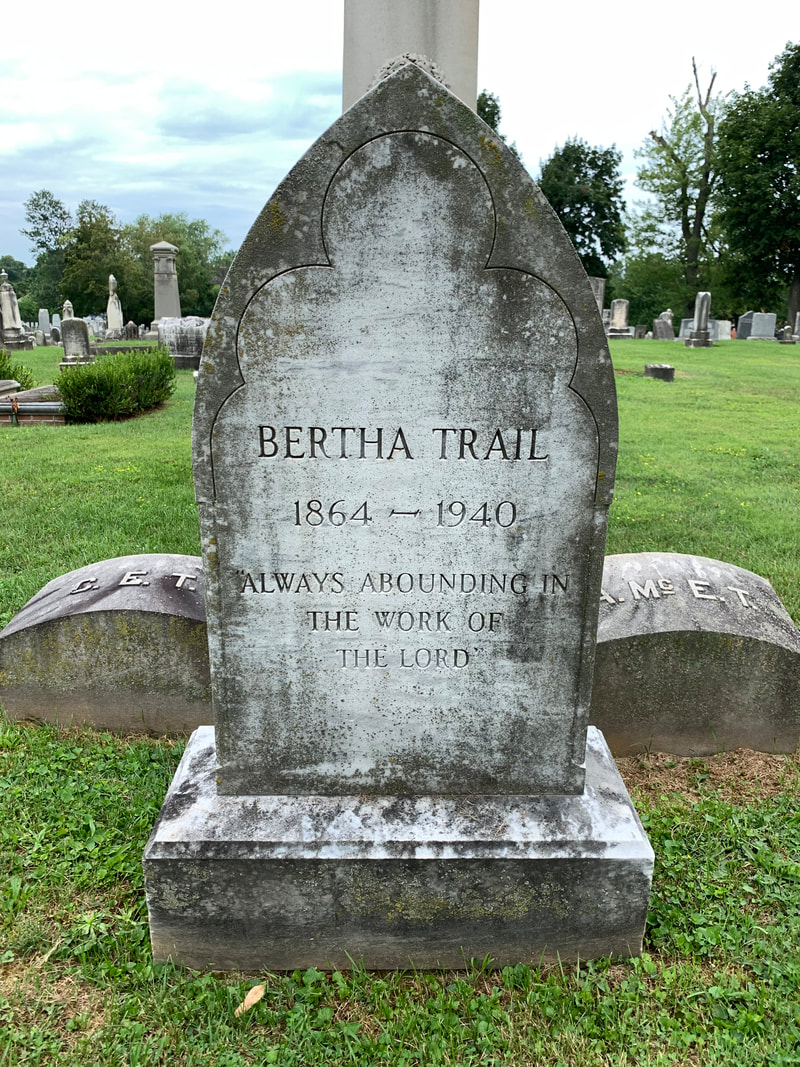
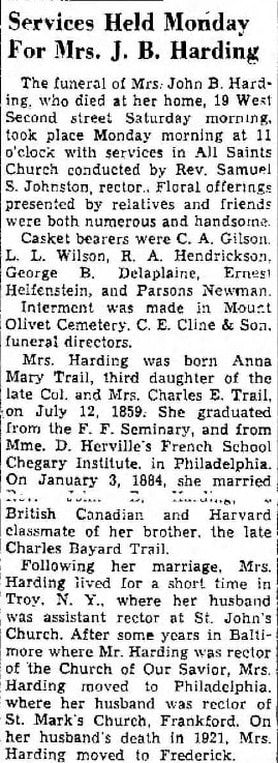





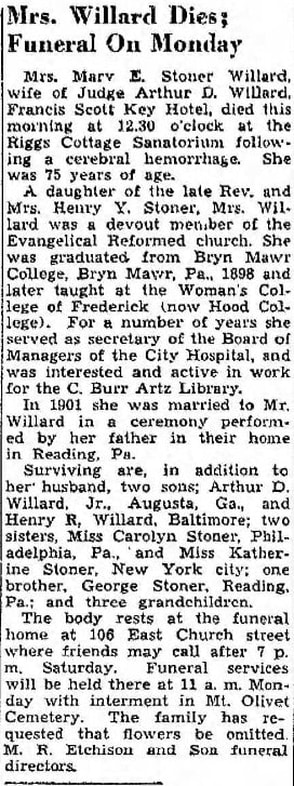




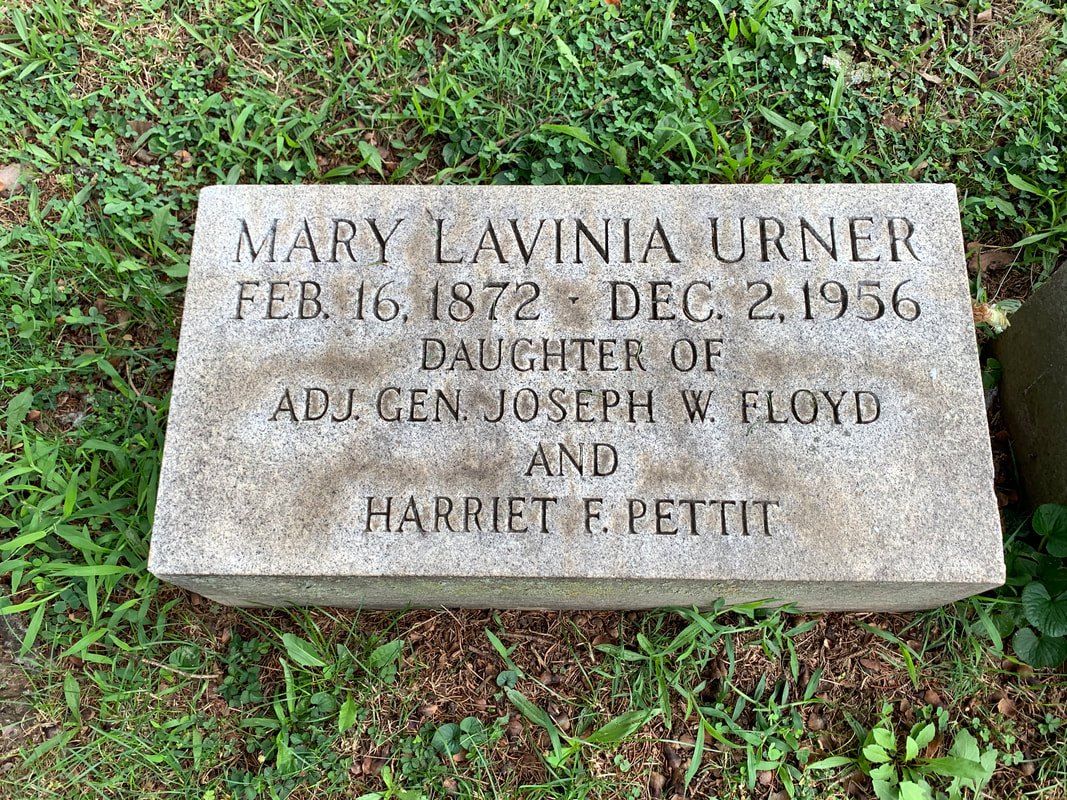


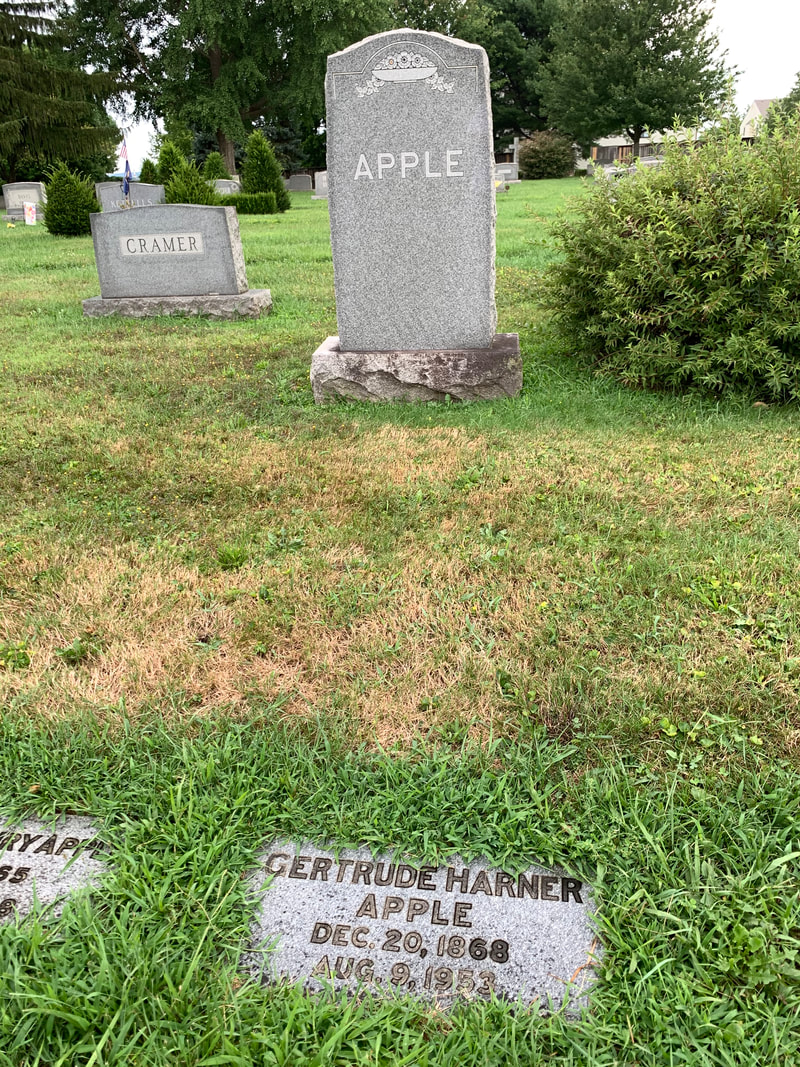
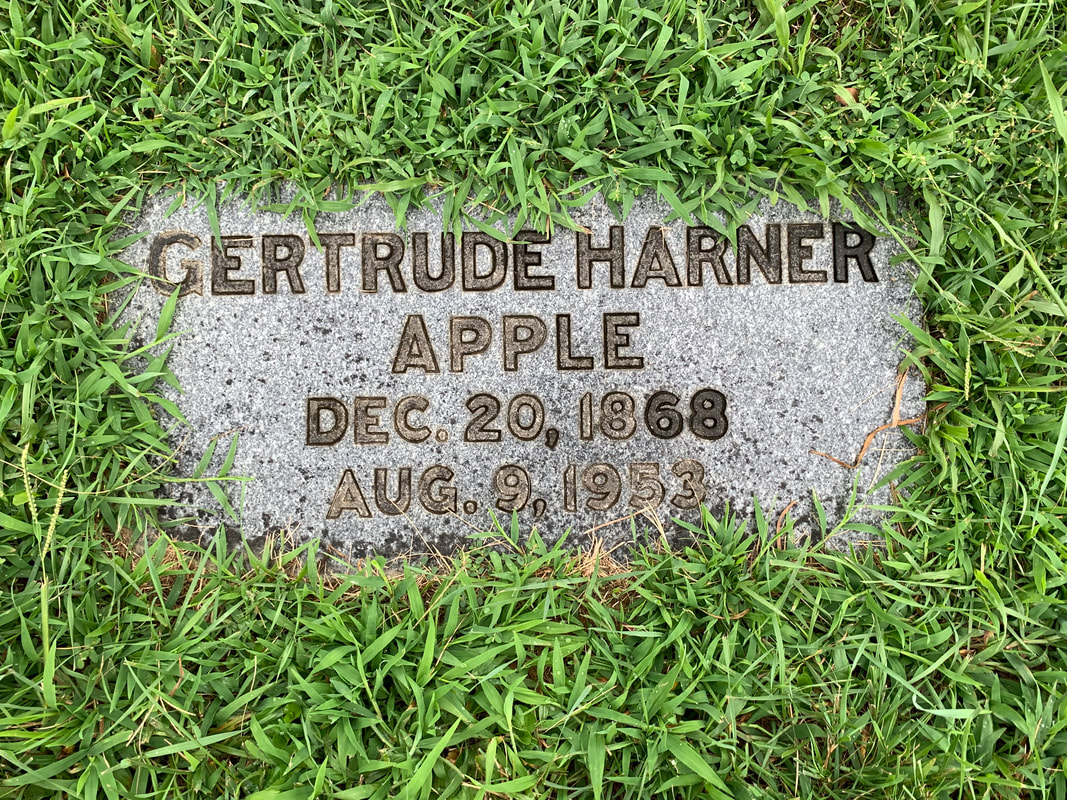
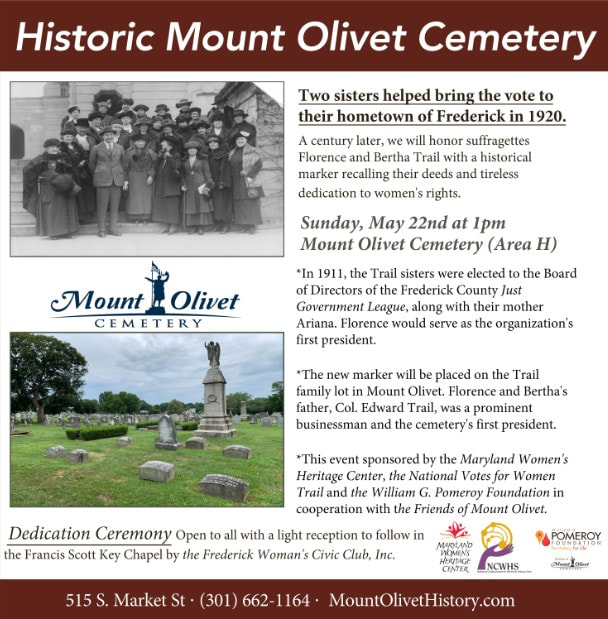



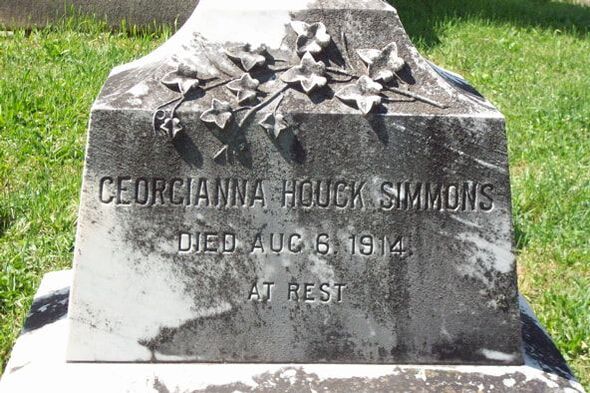






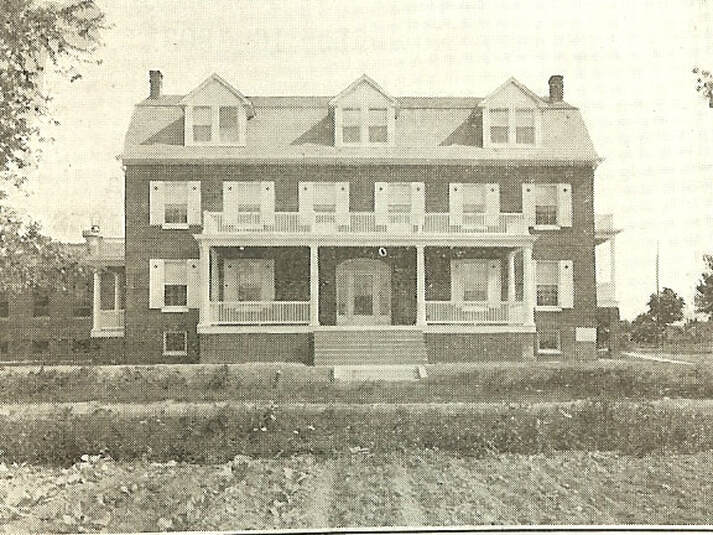


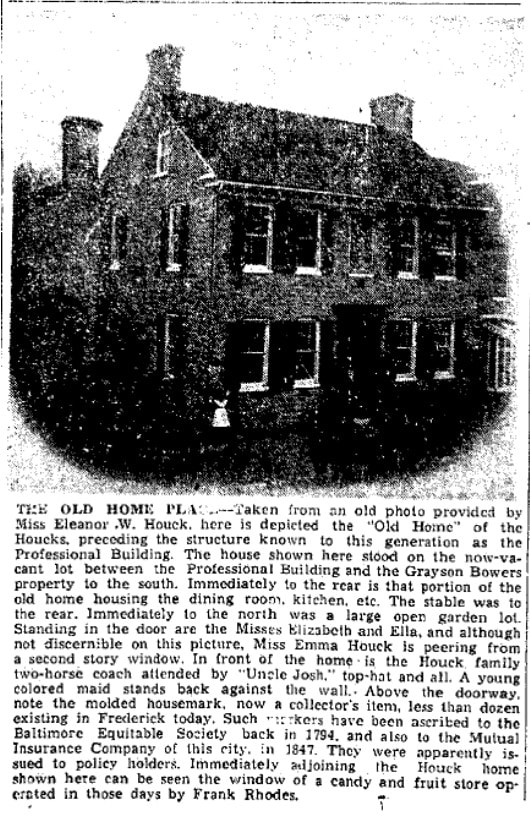




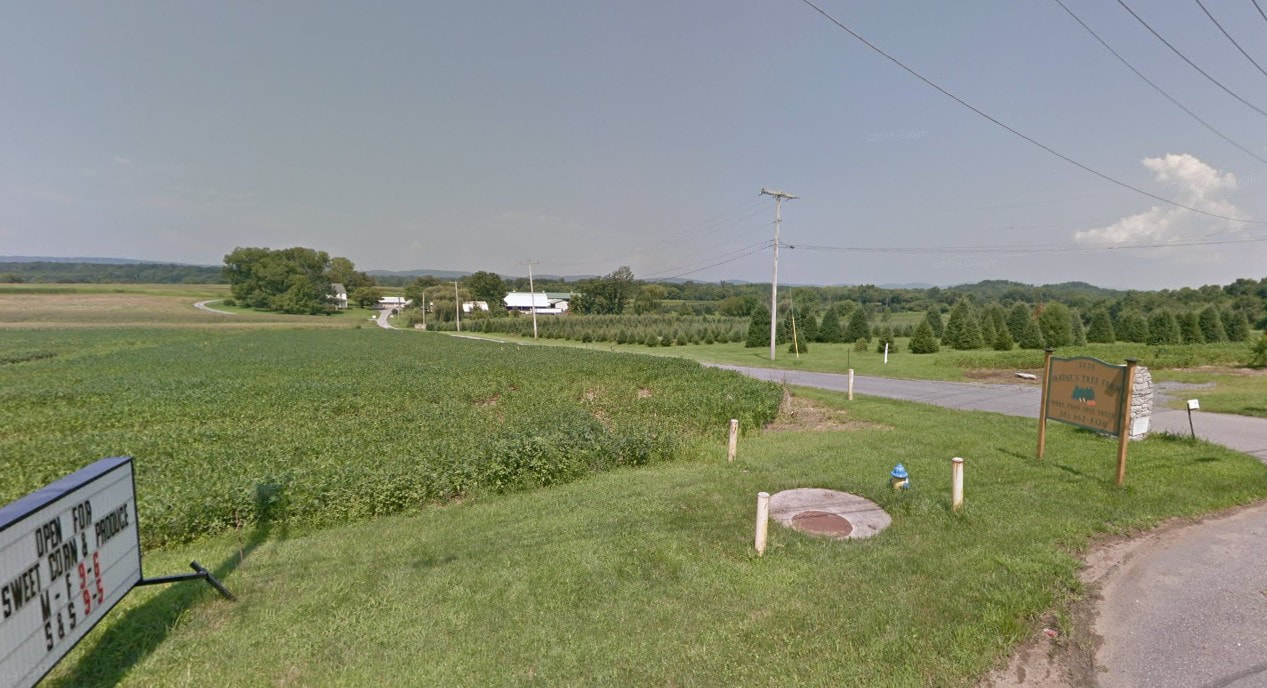


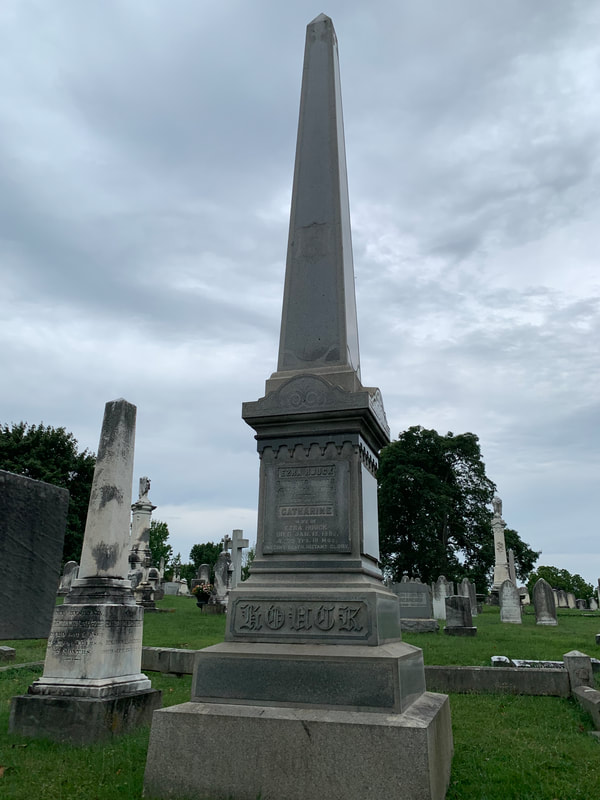






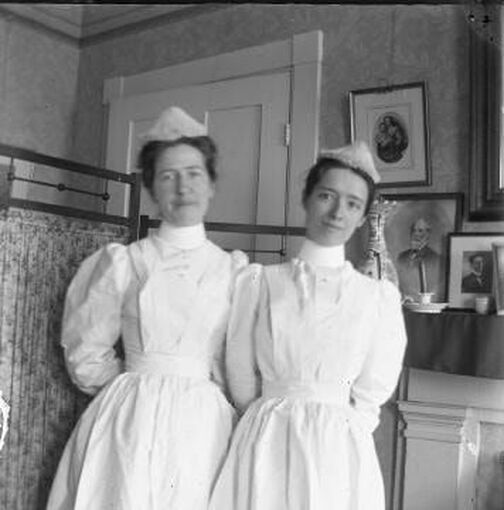








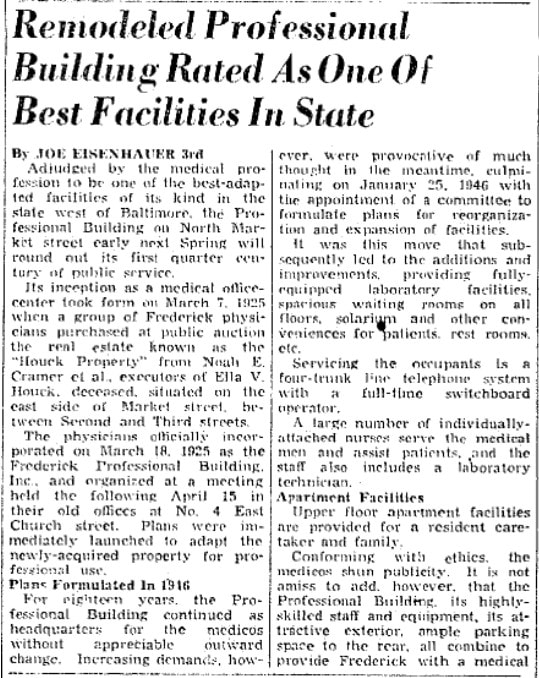







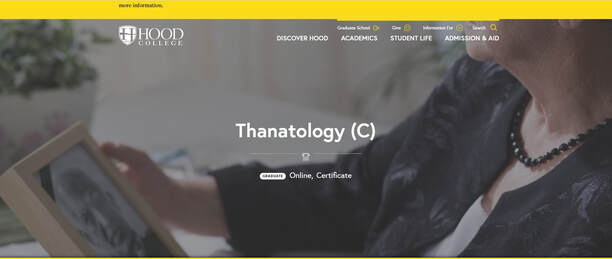
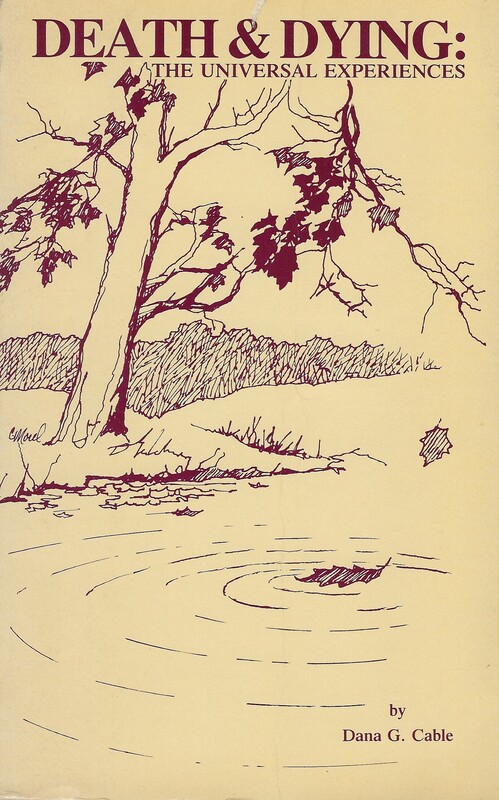





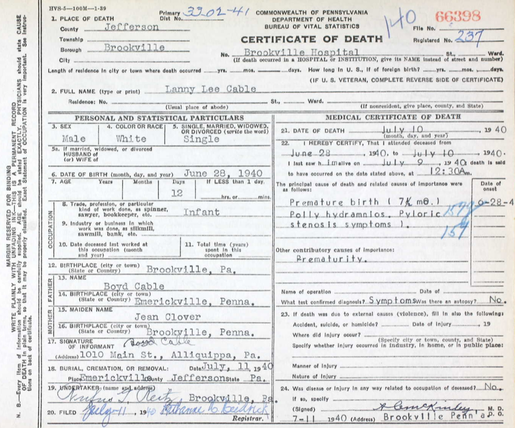



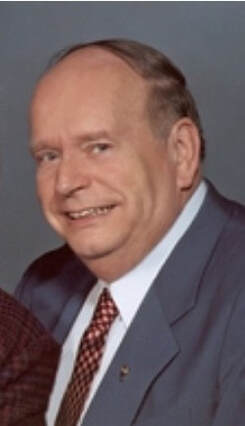
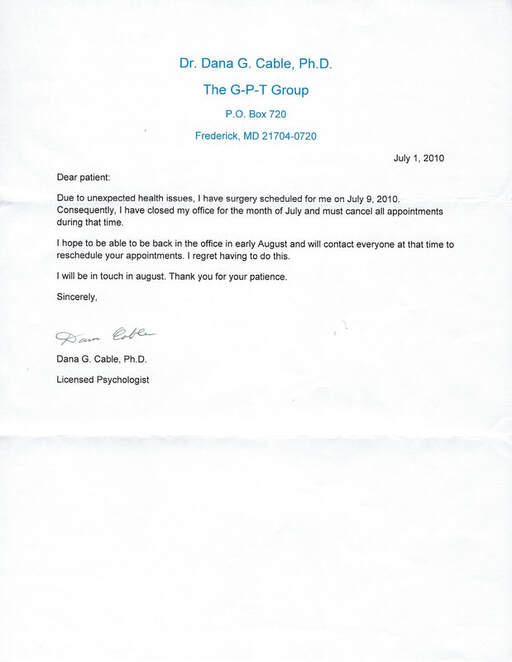



 RSS Feed
RSS Feed